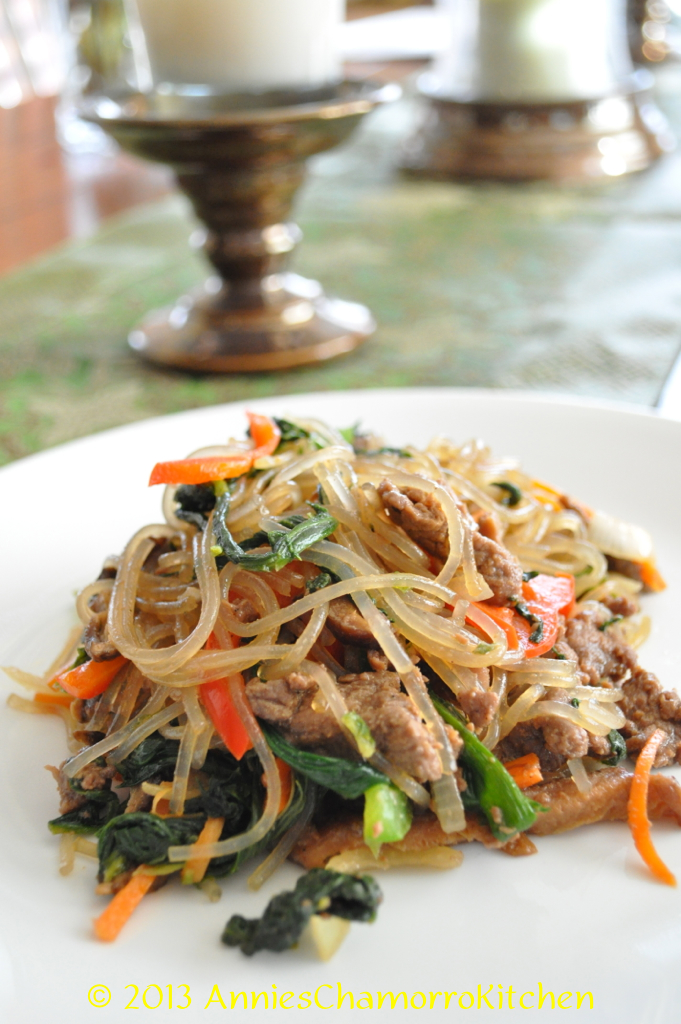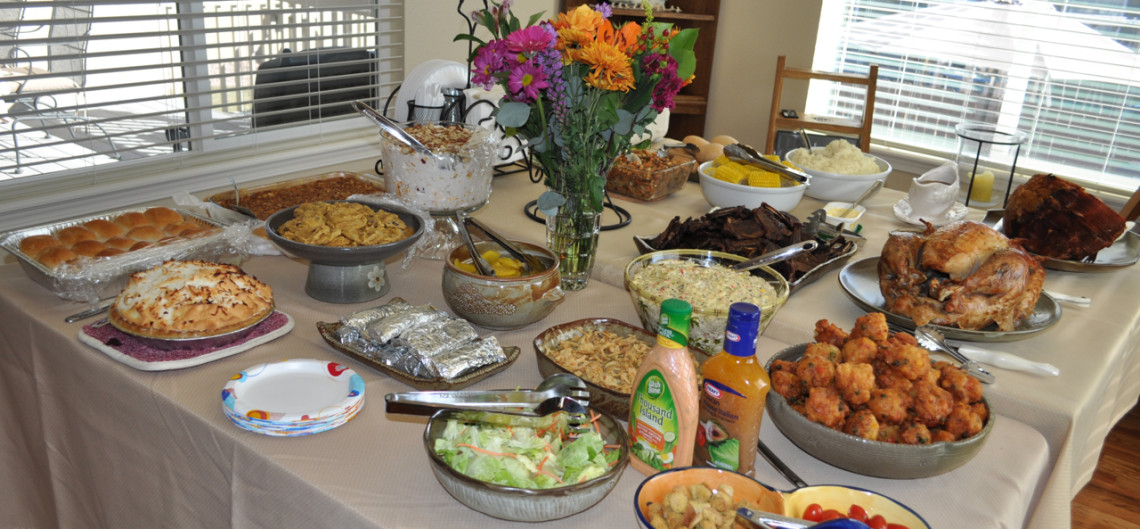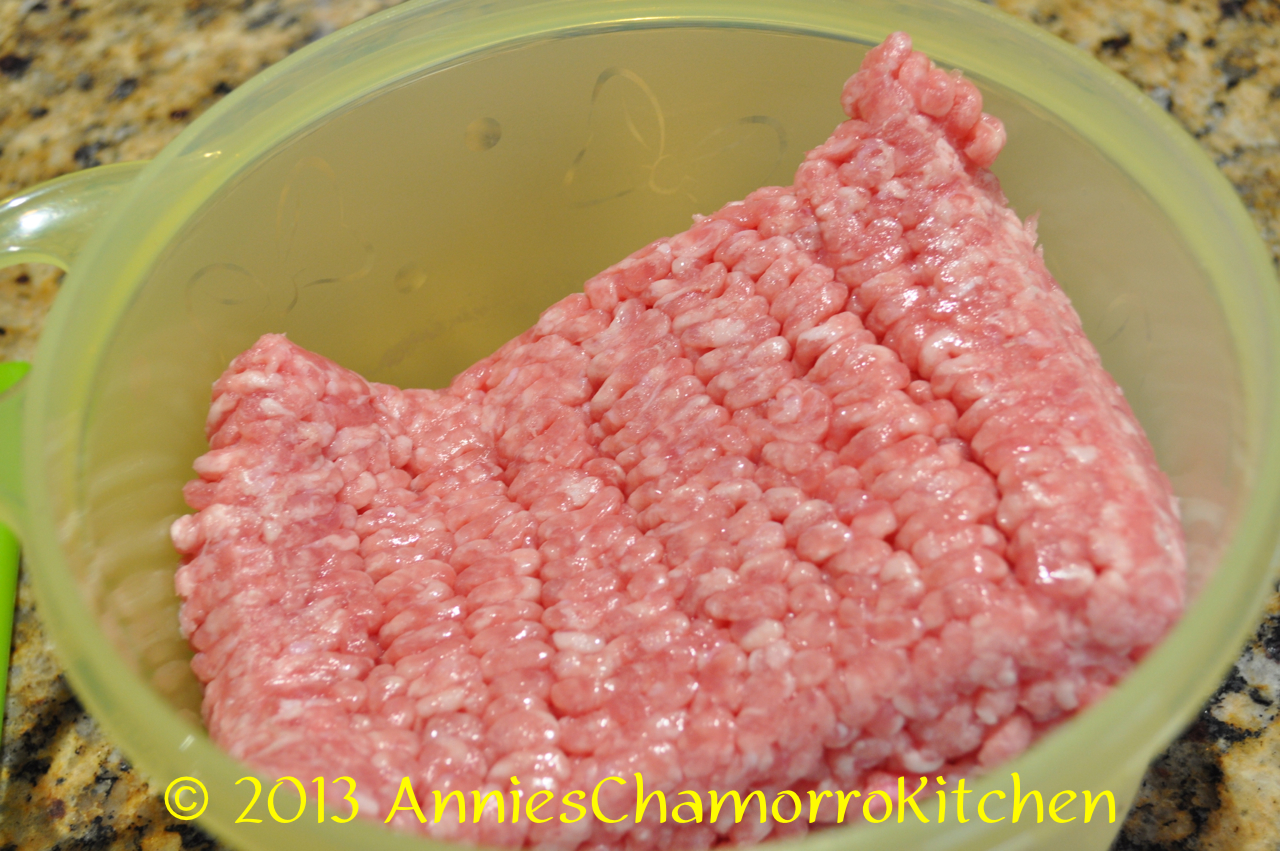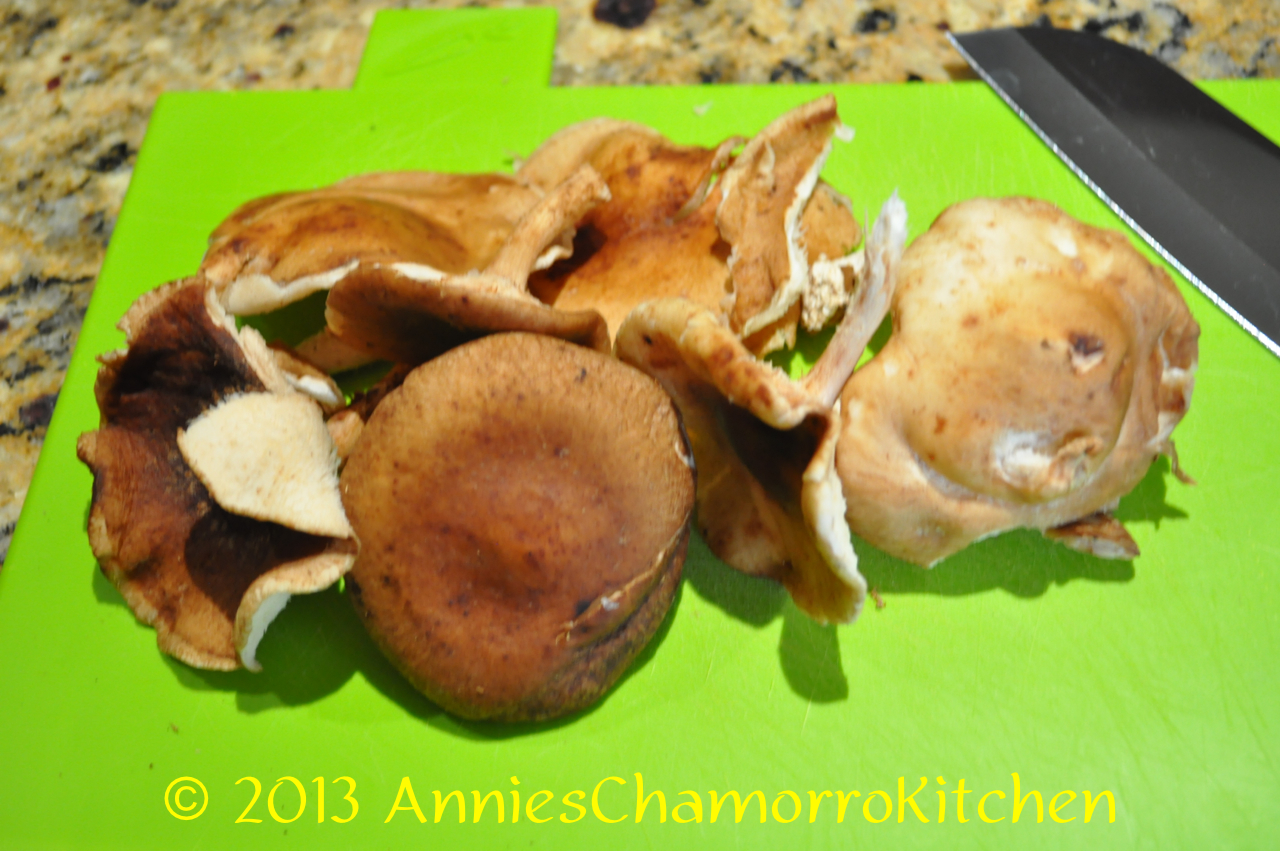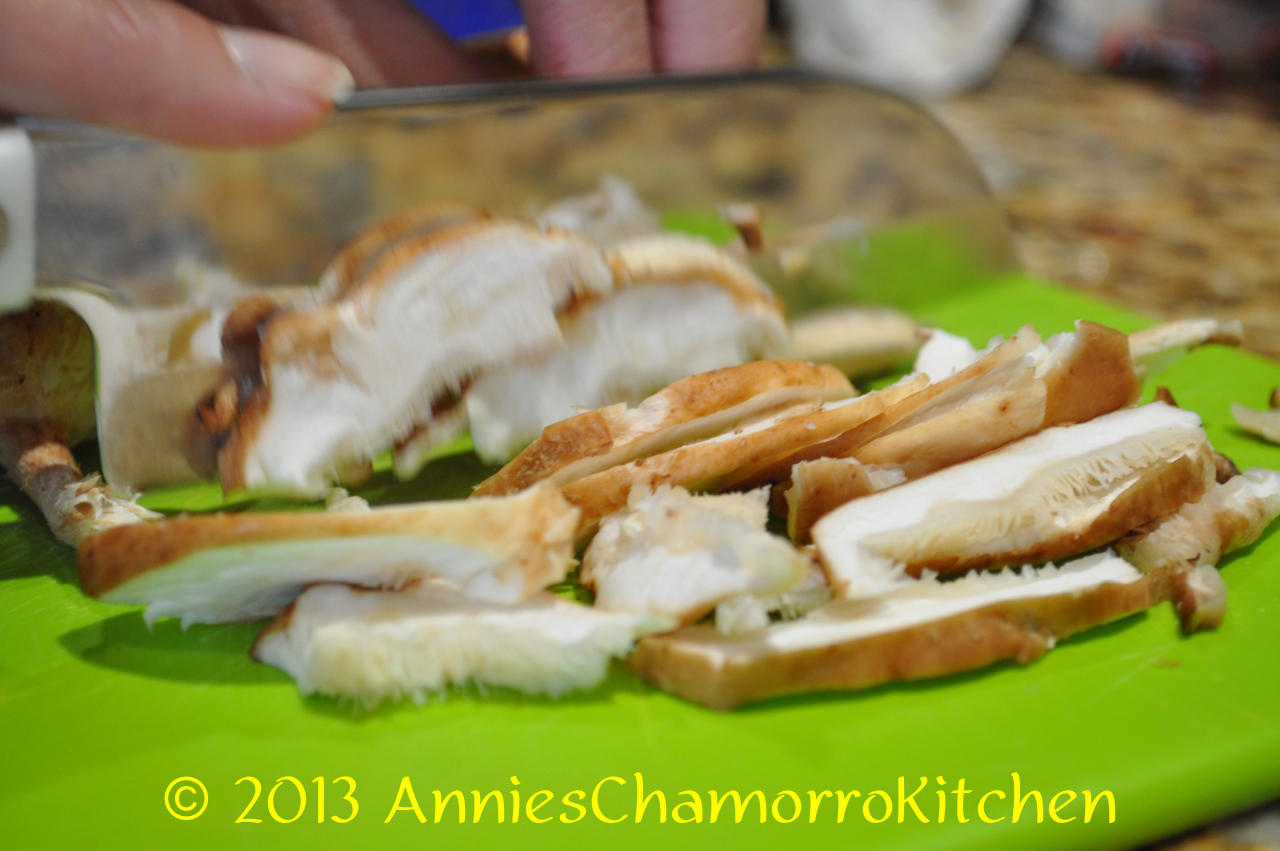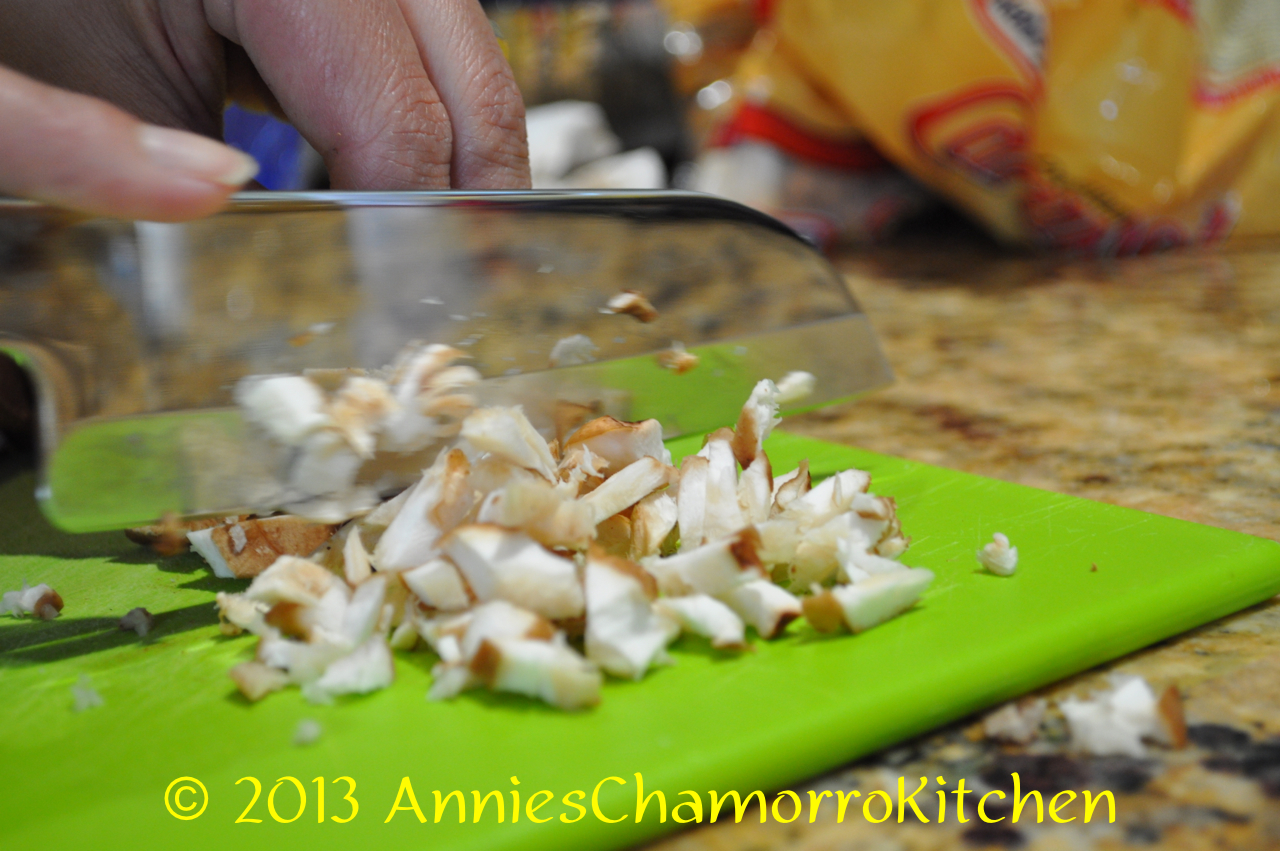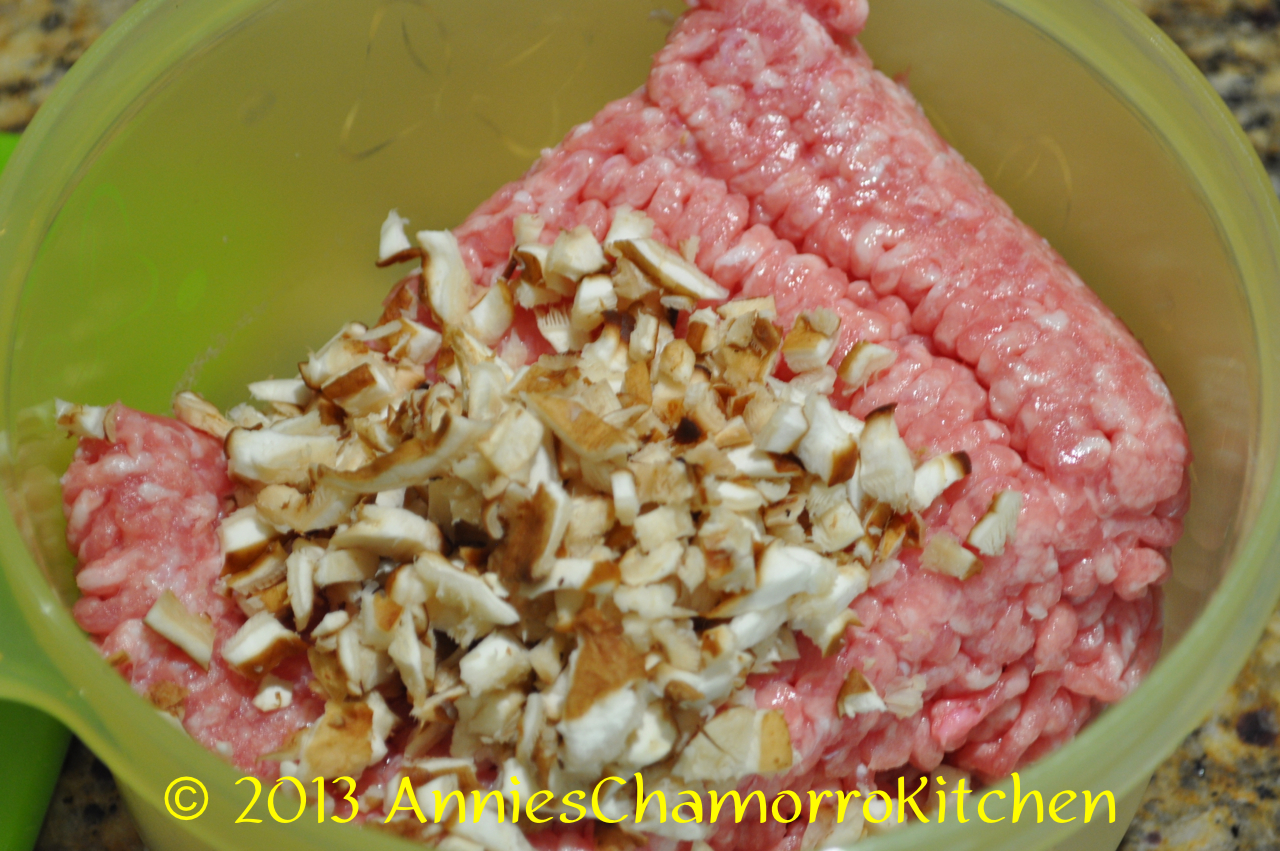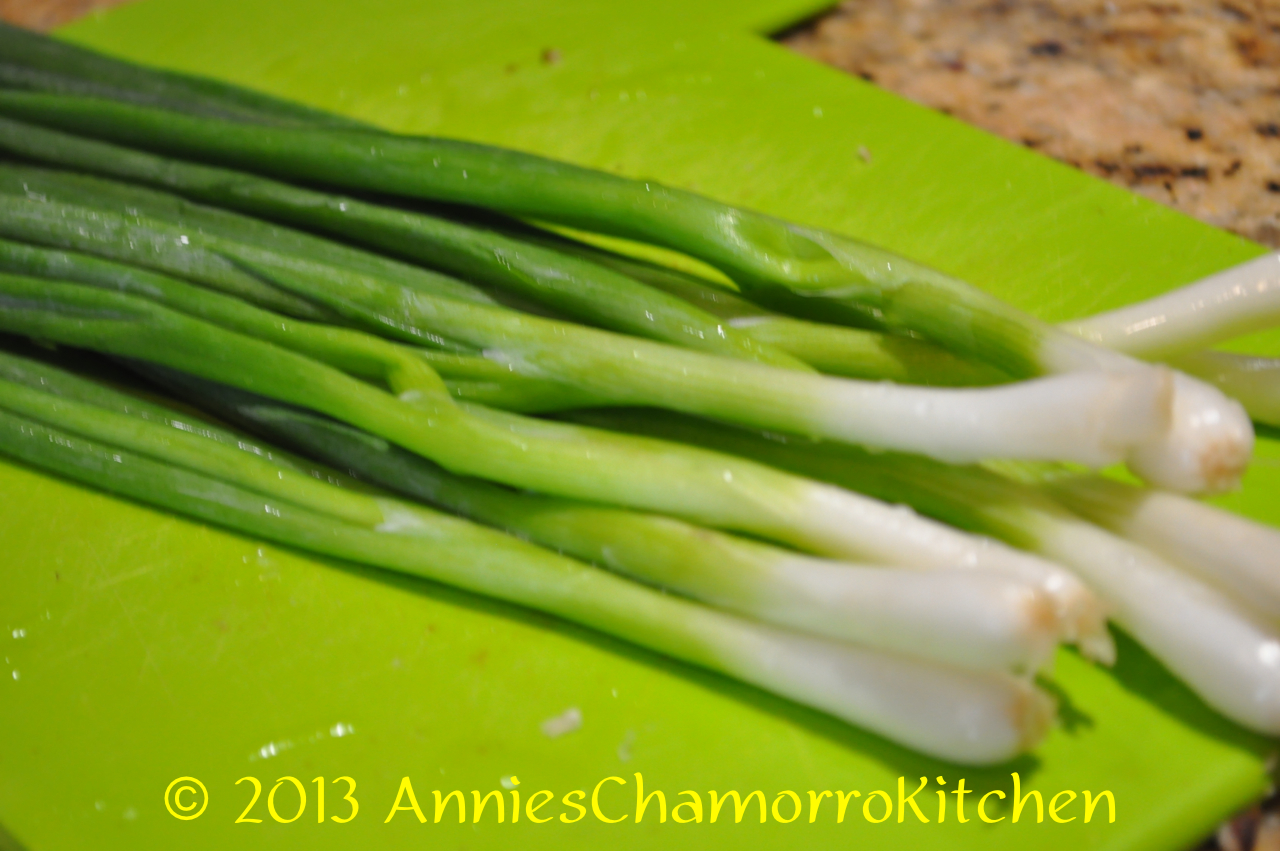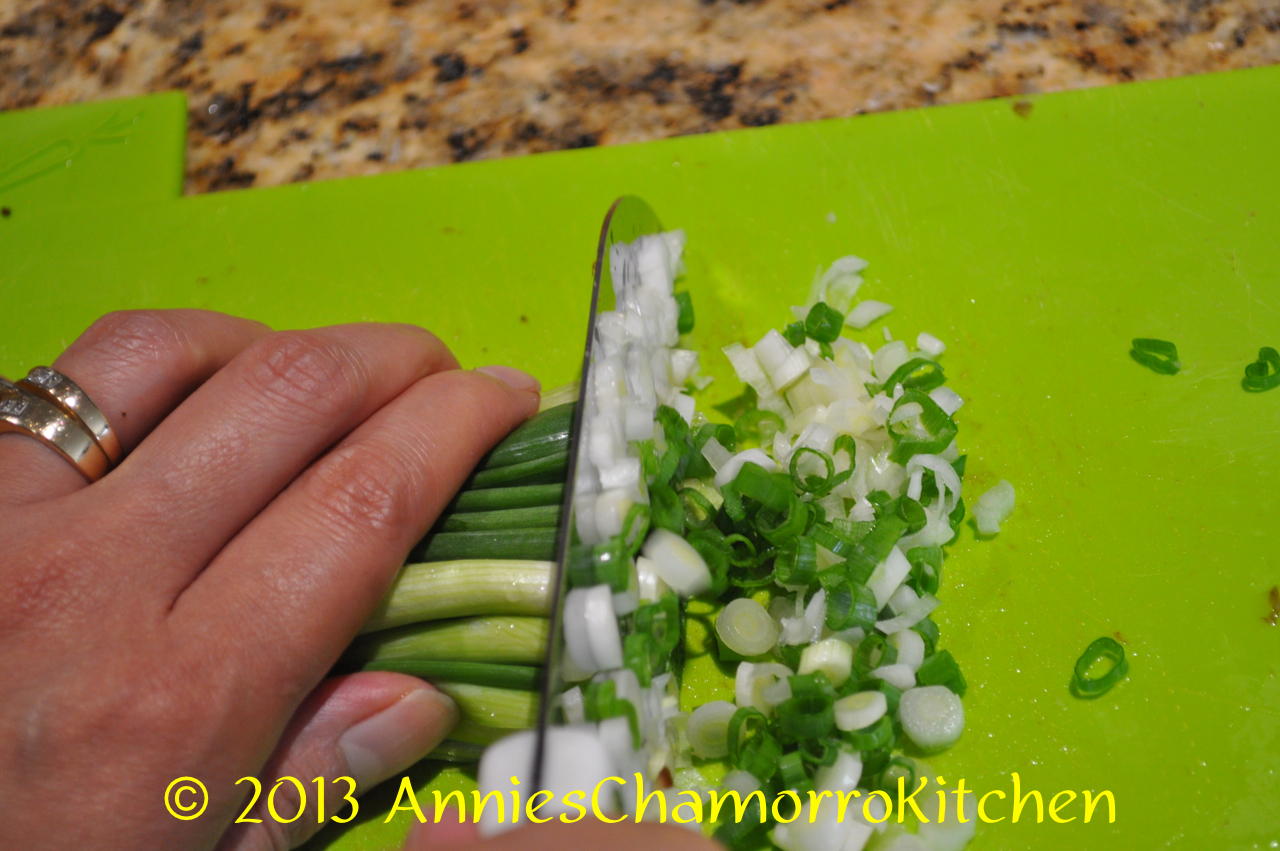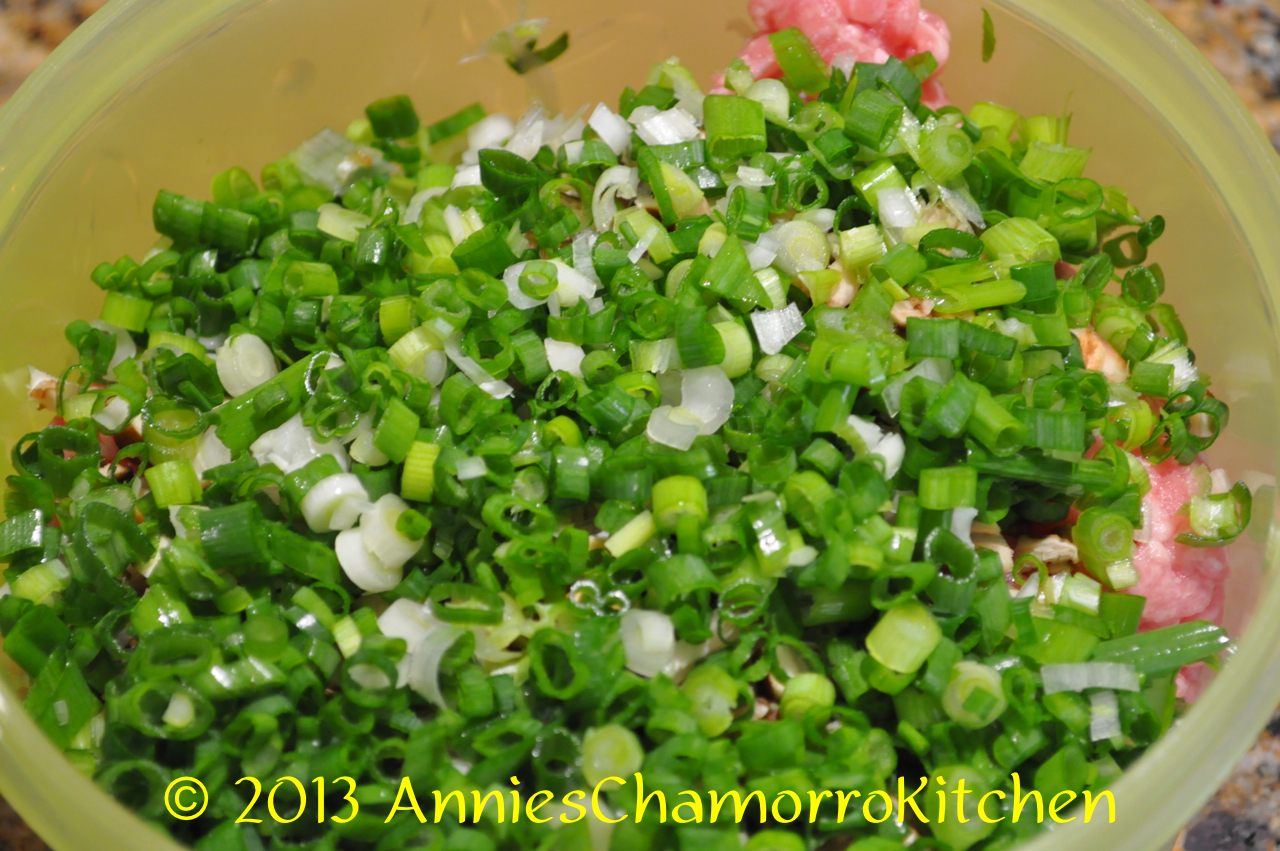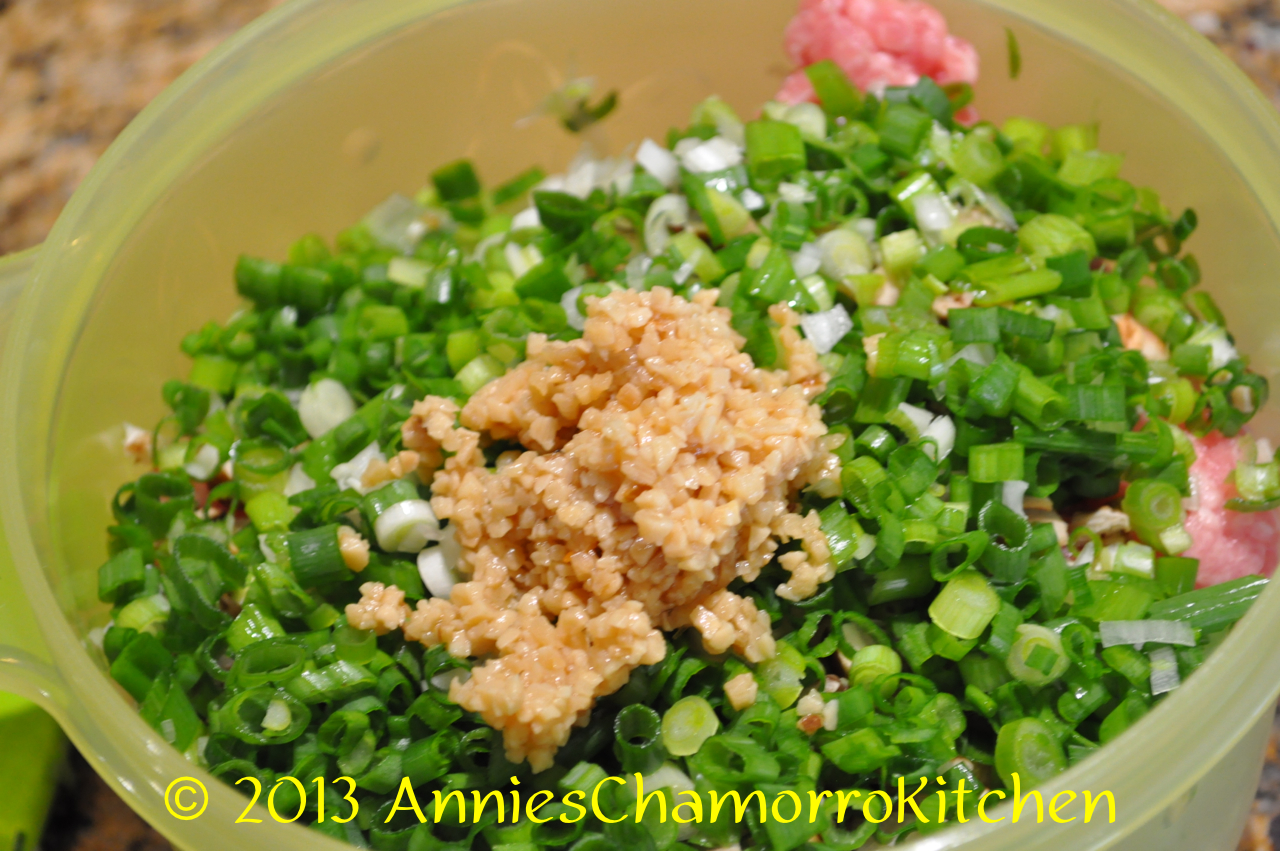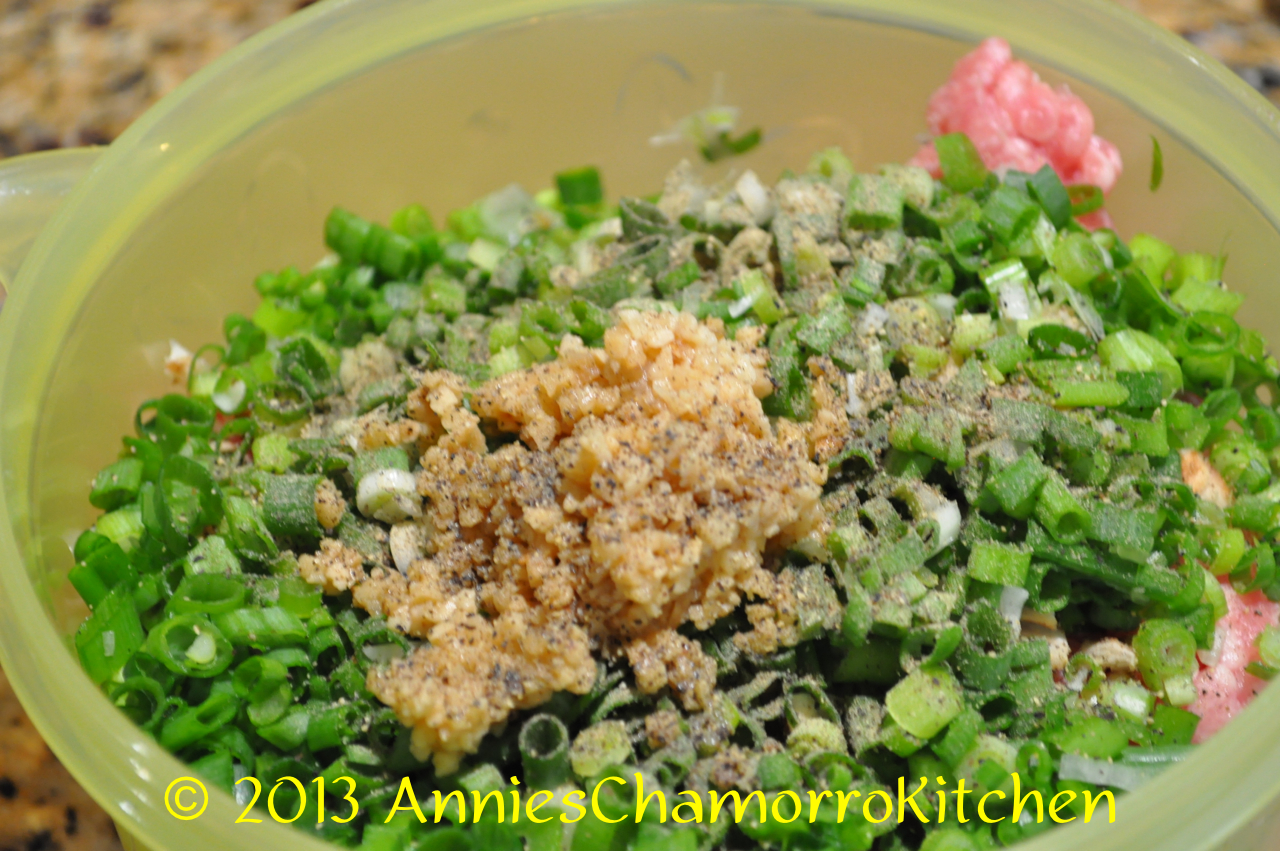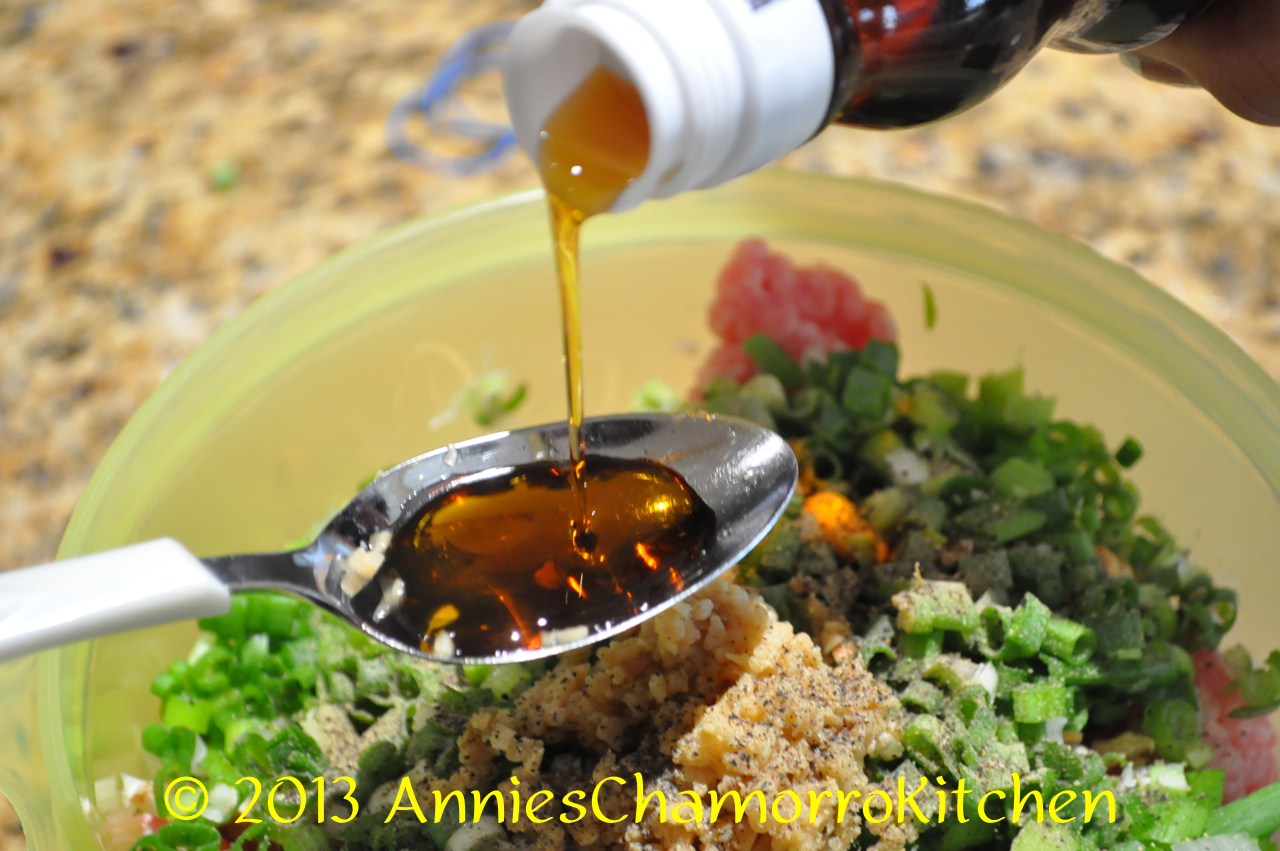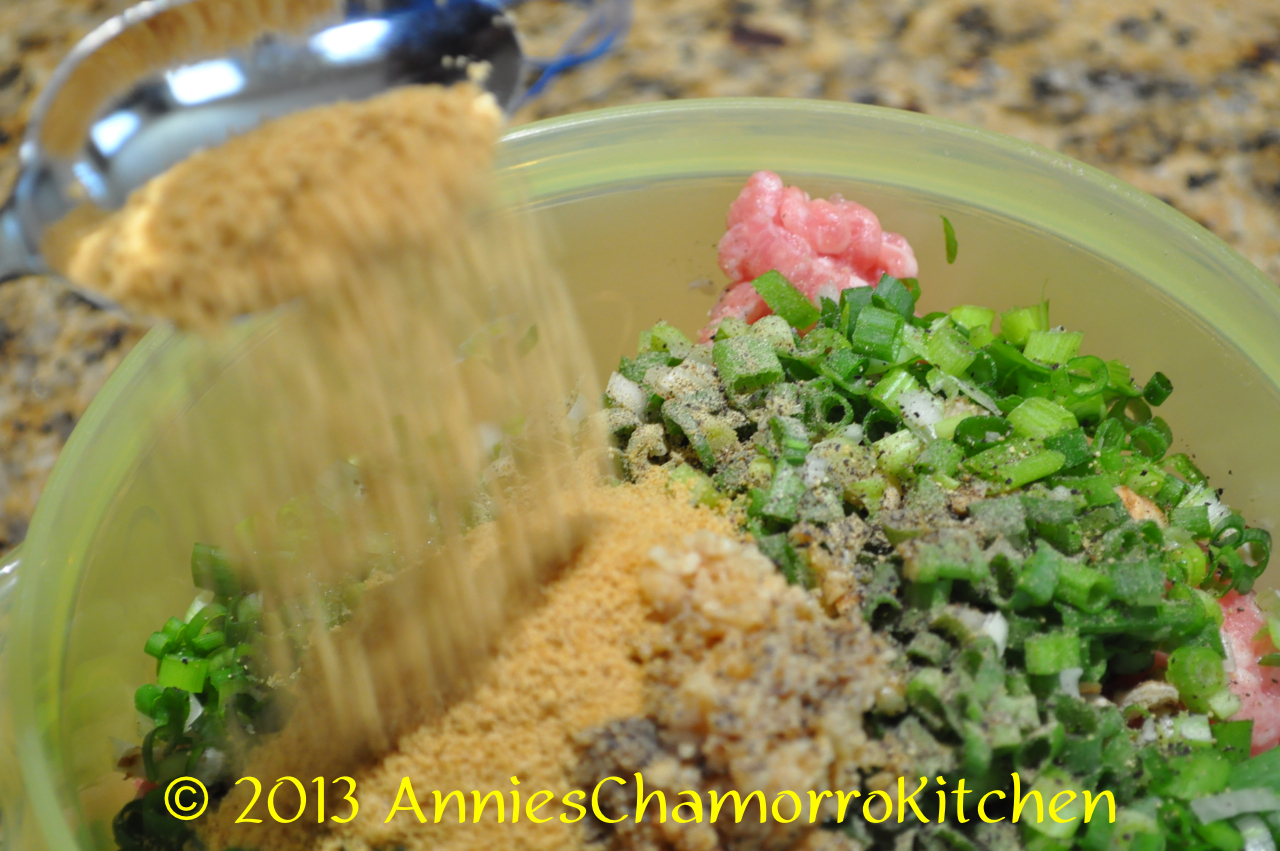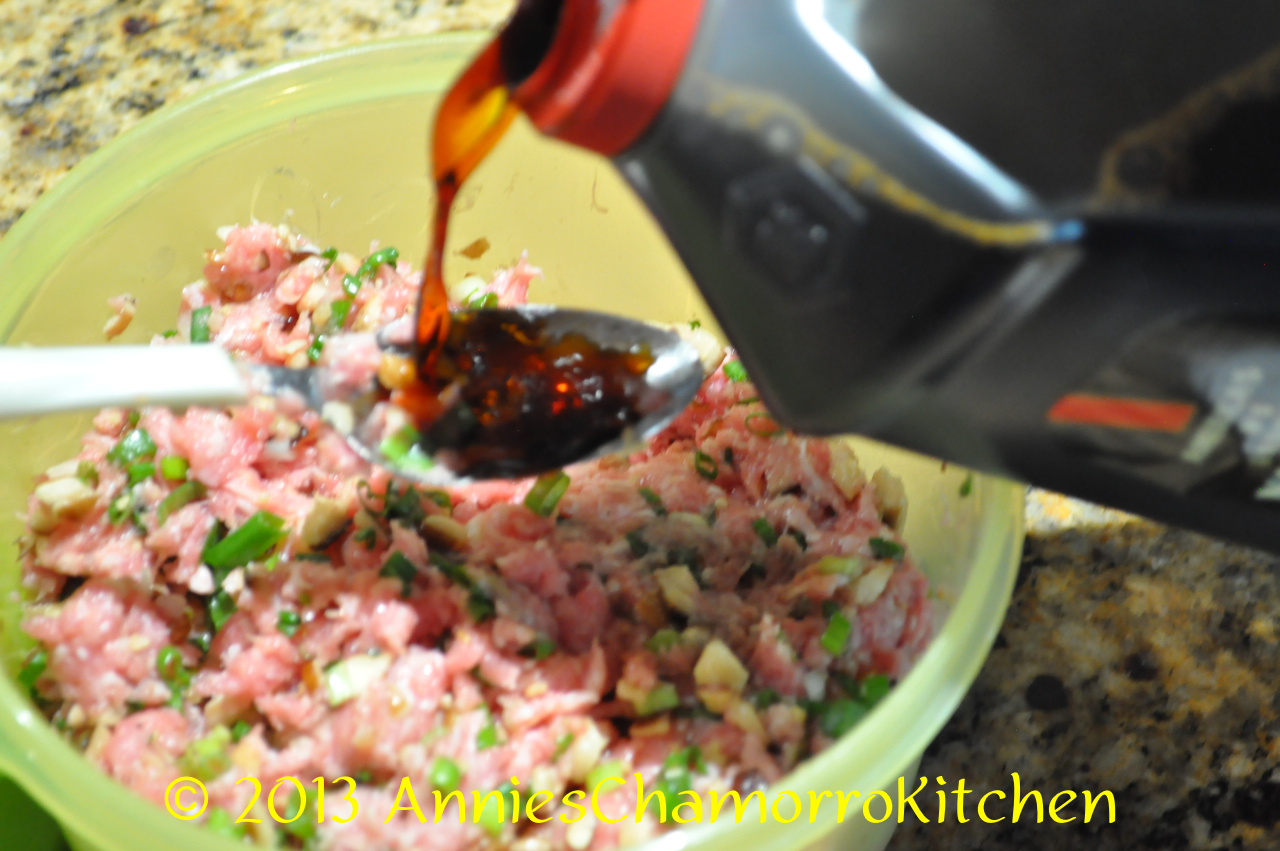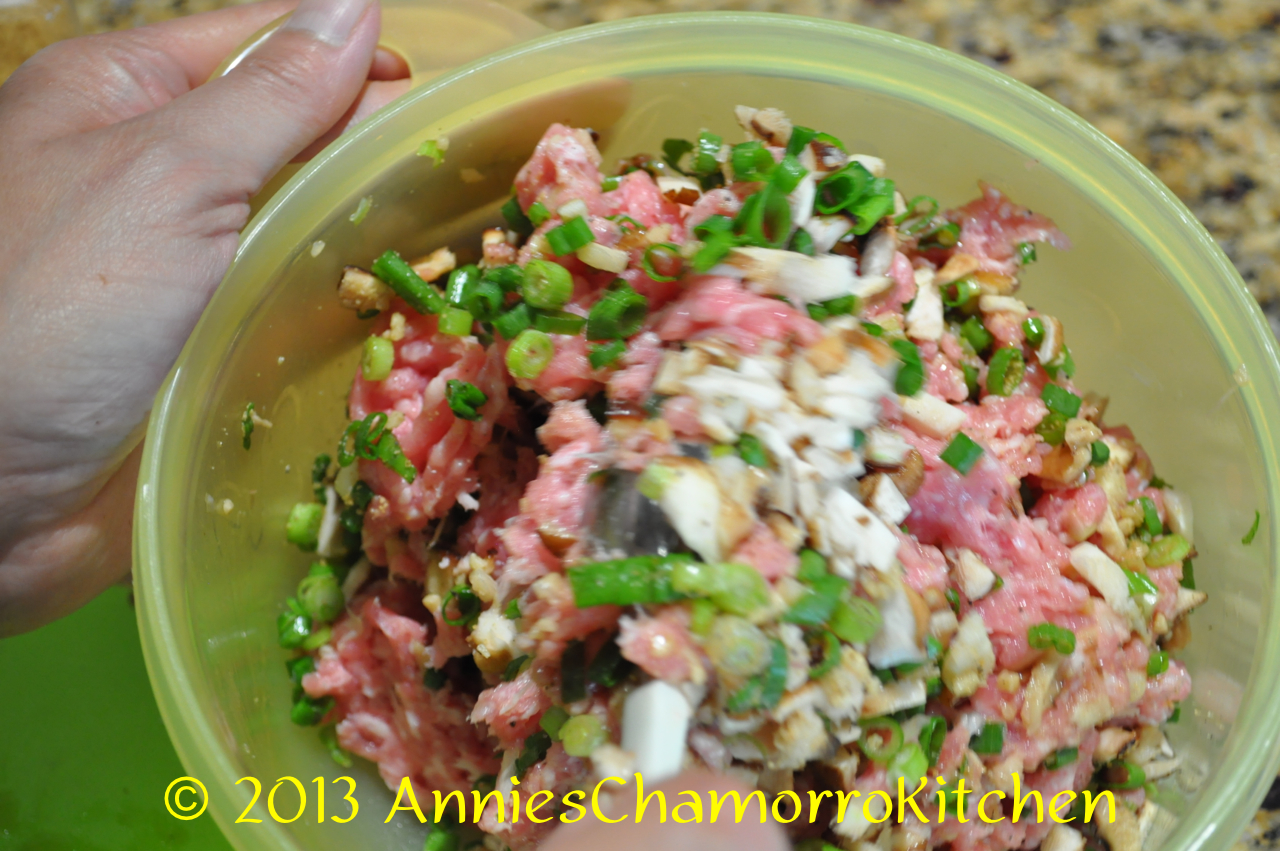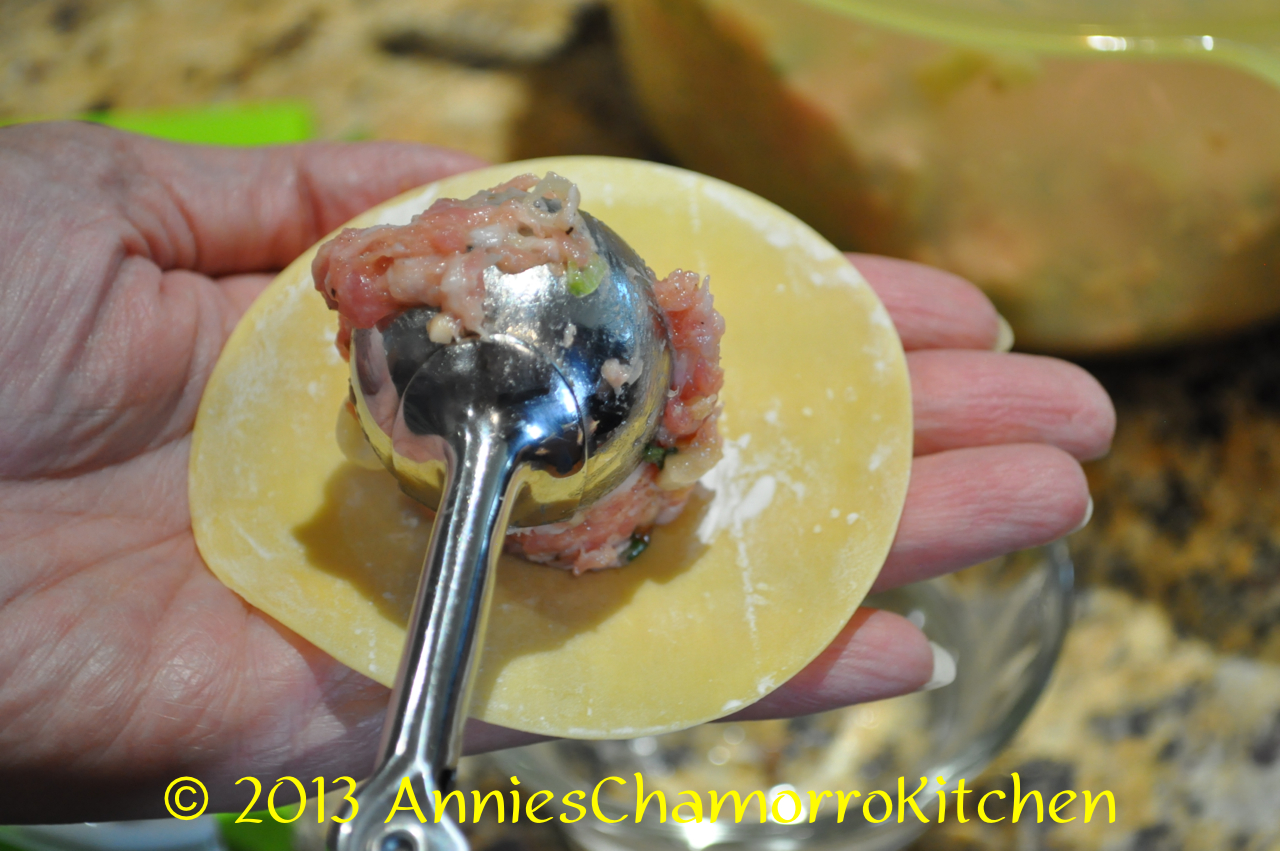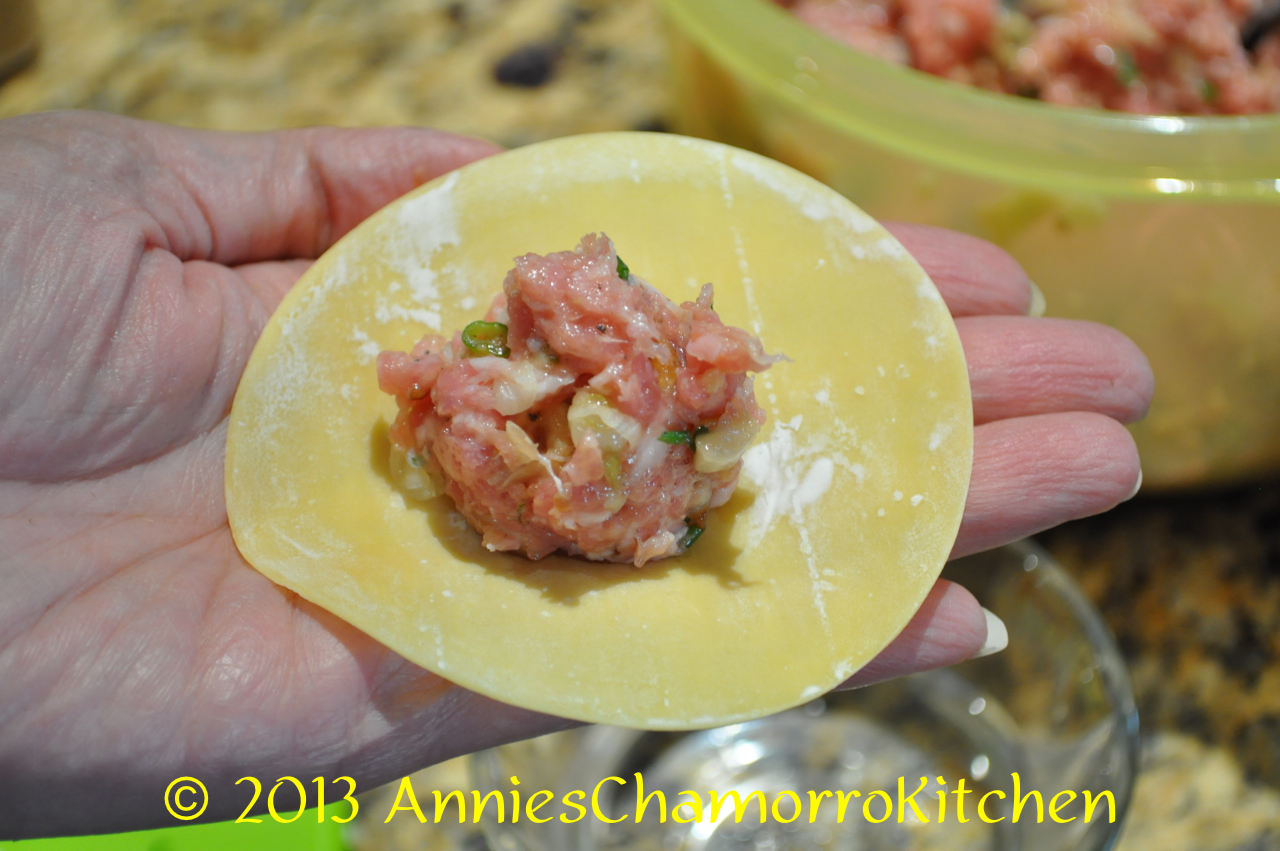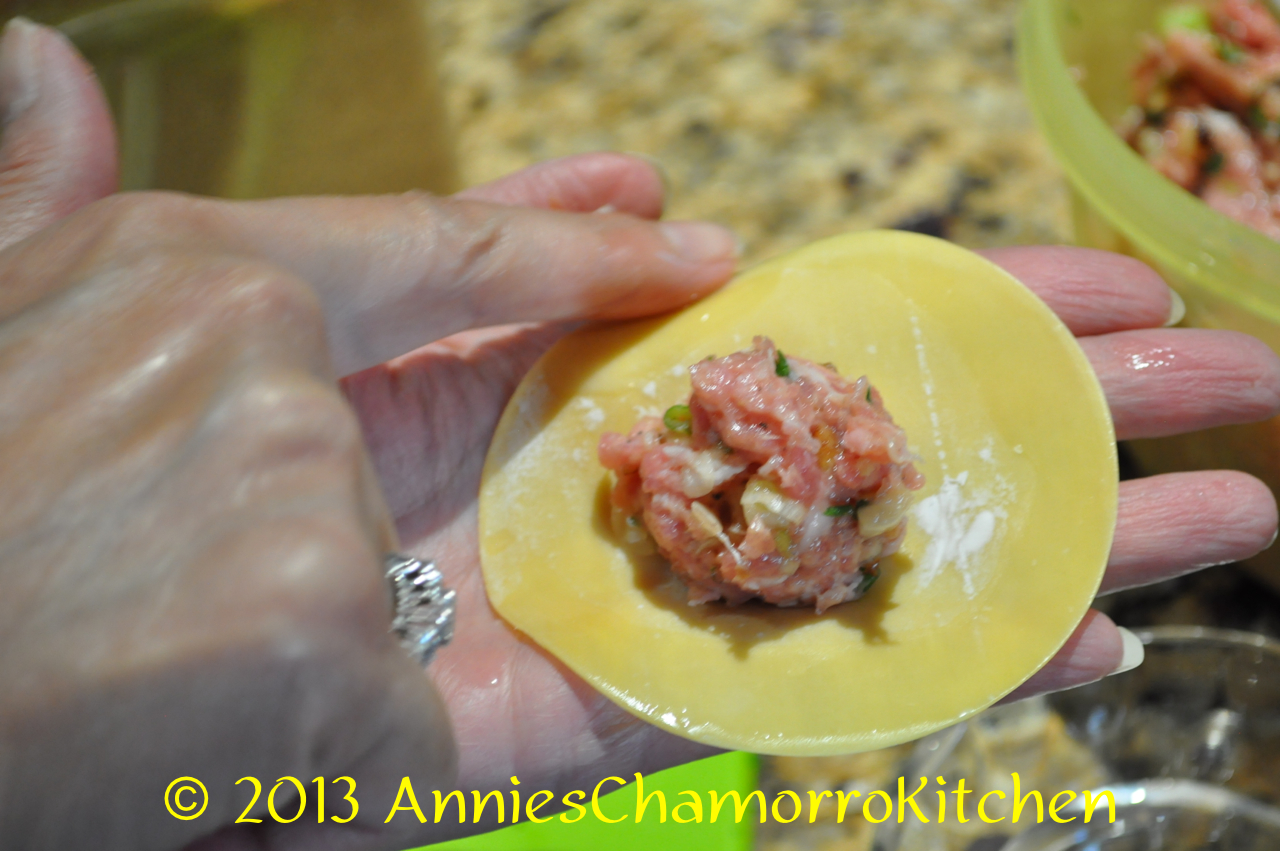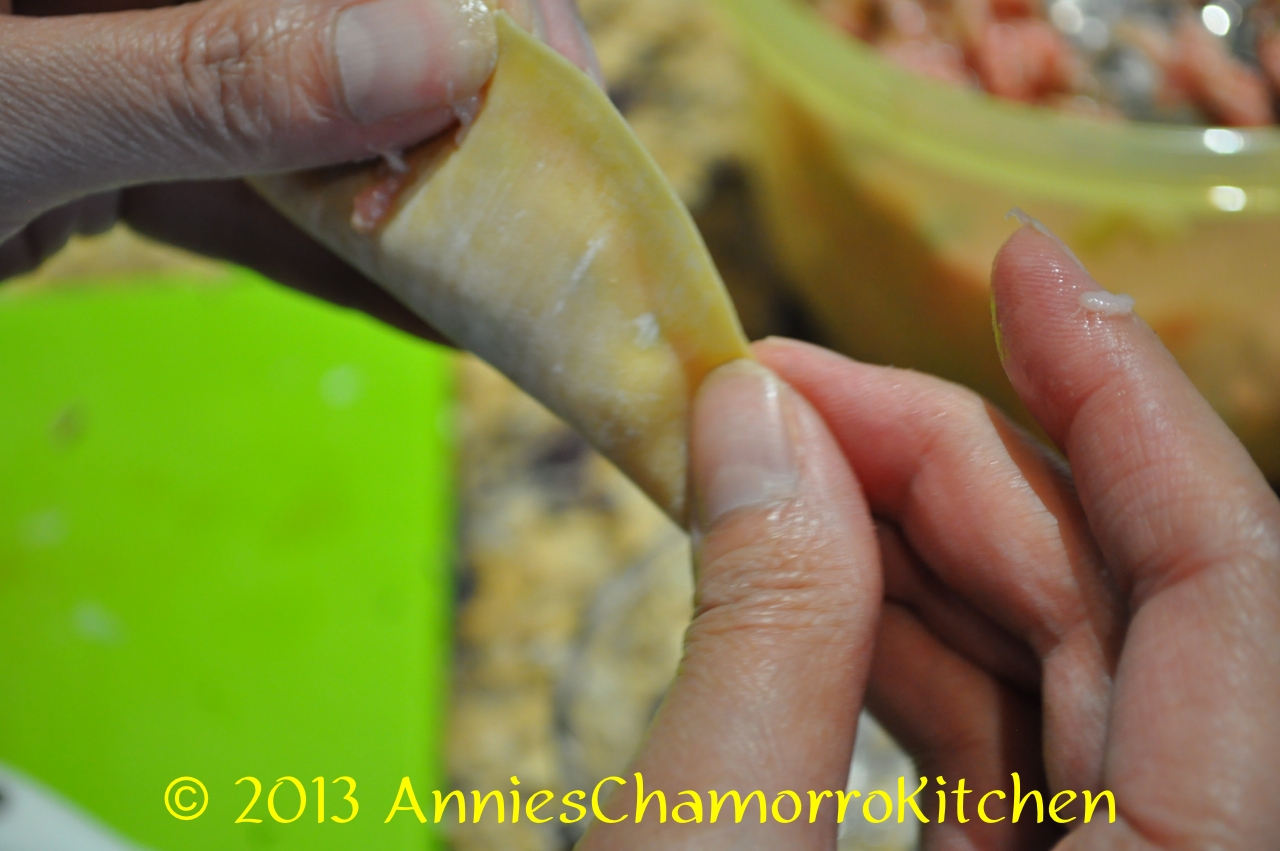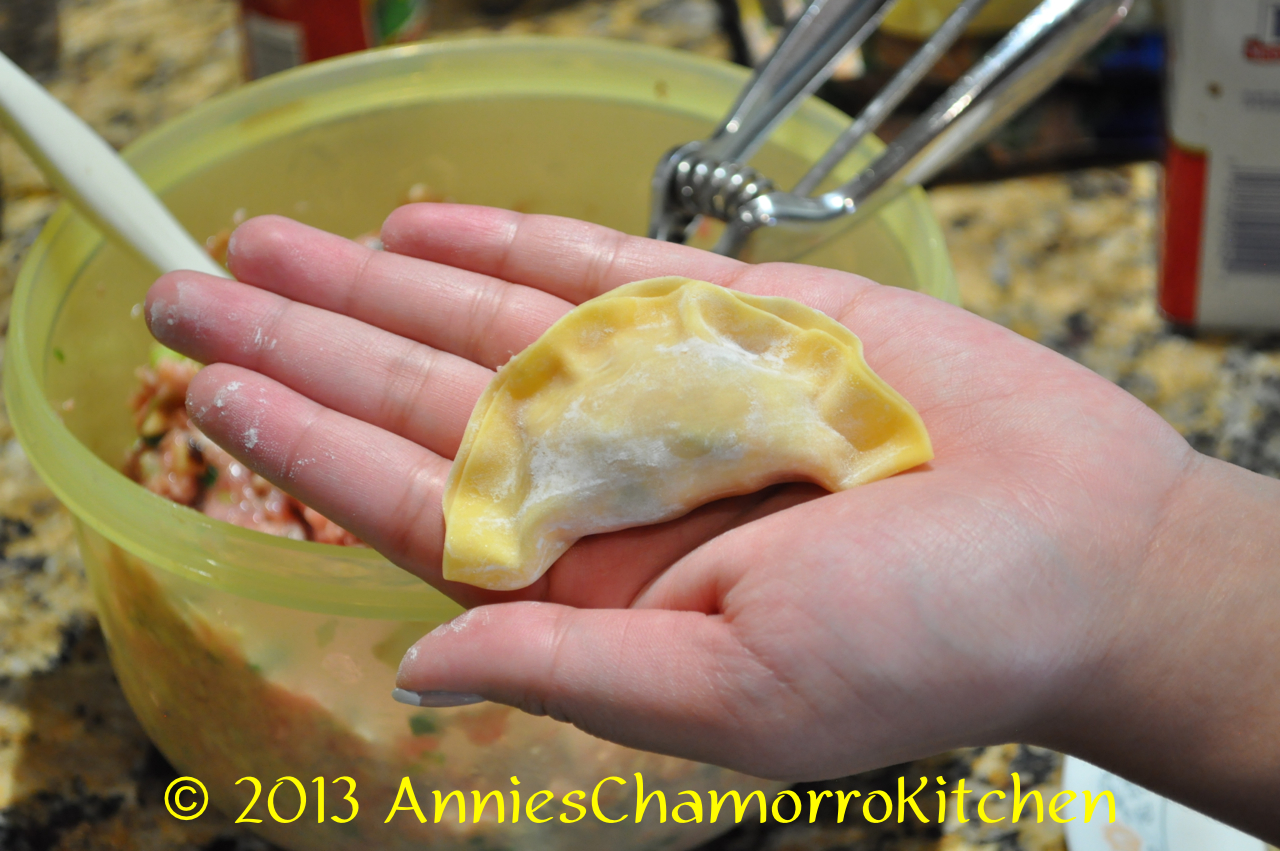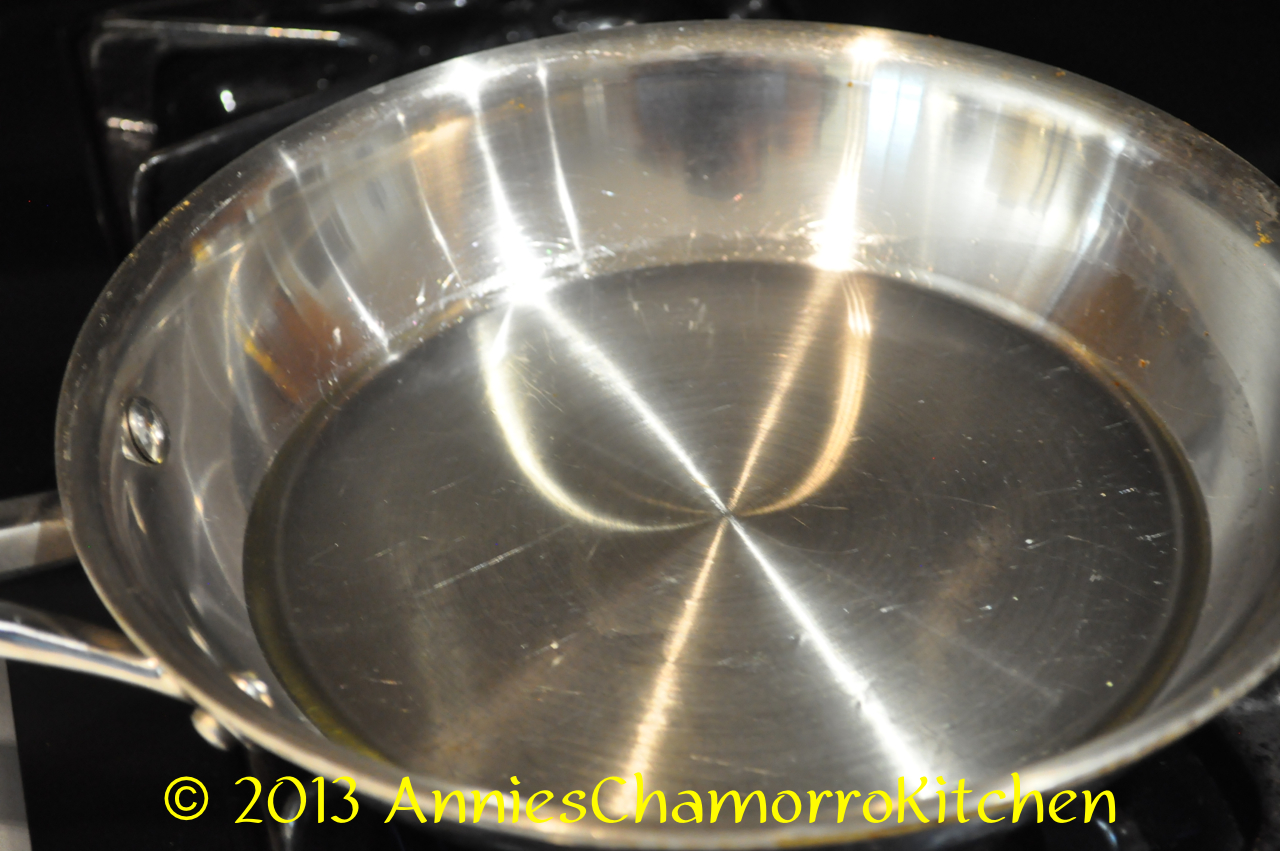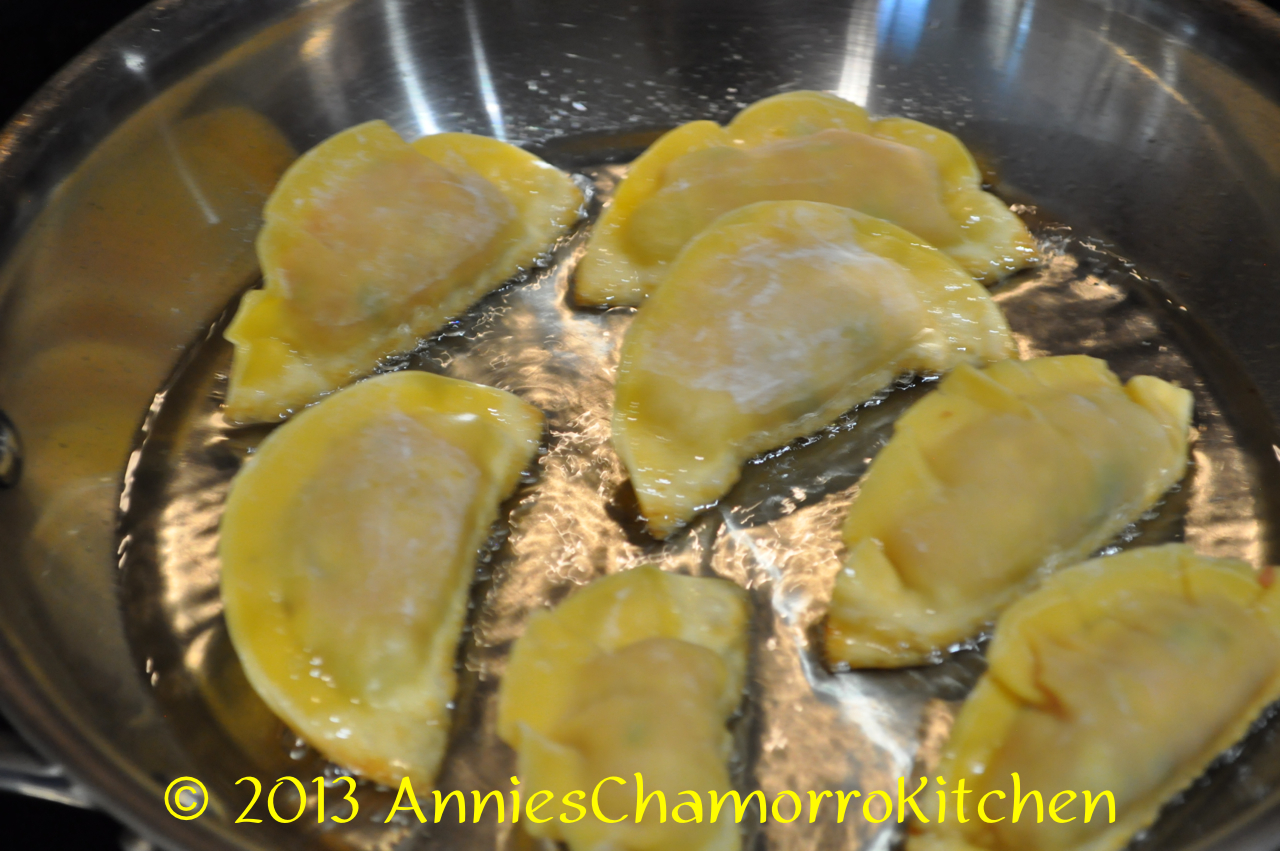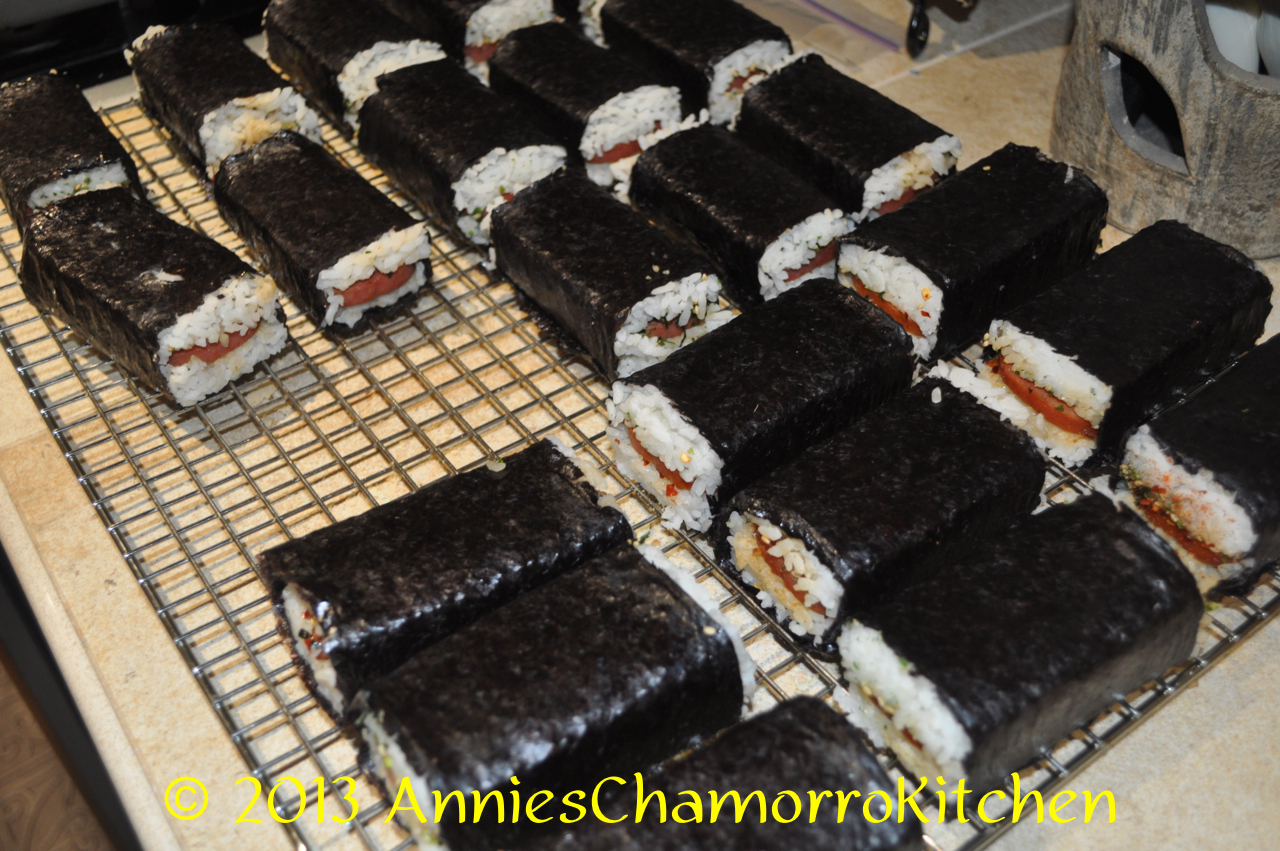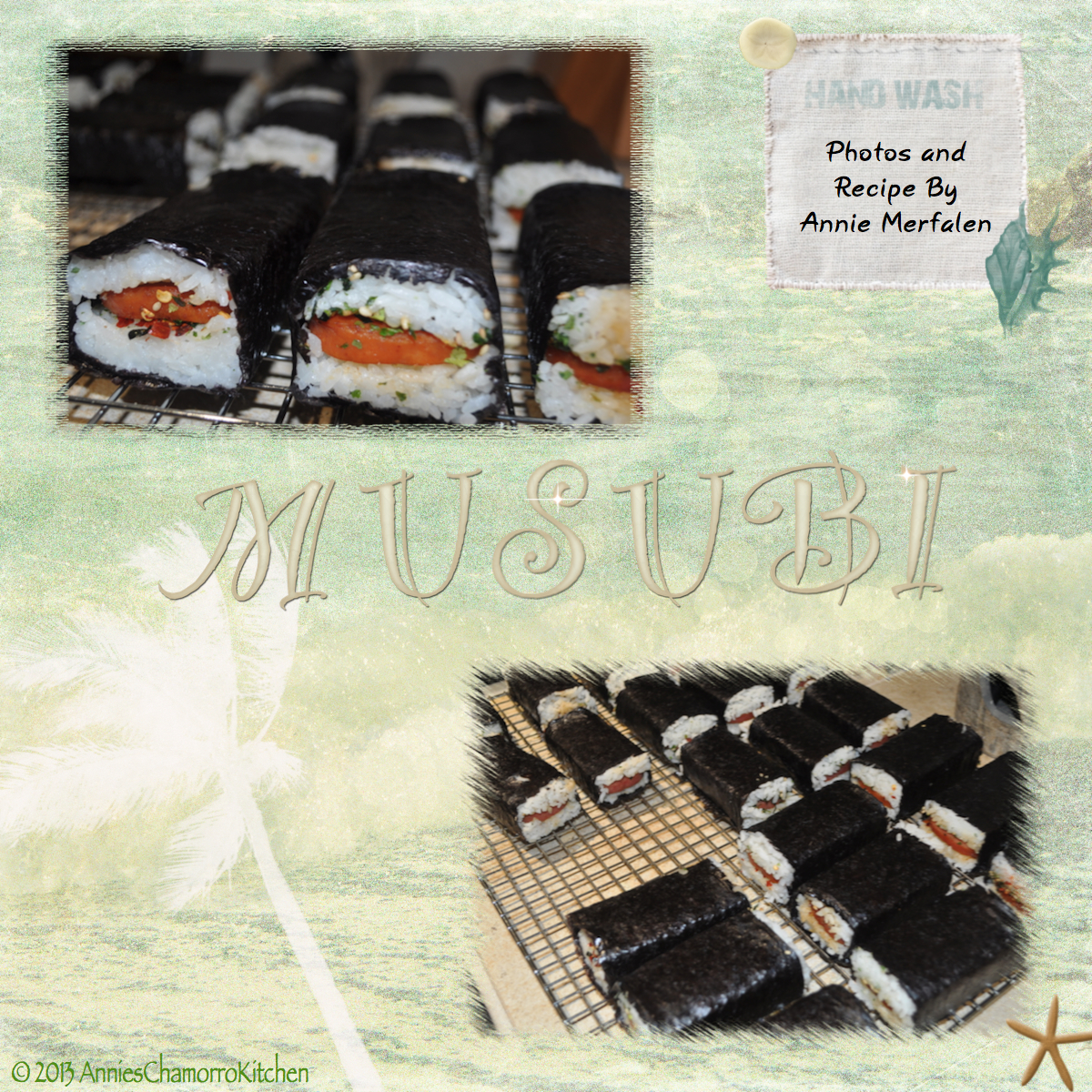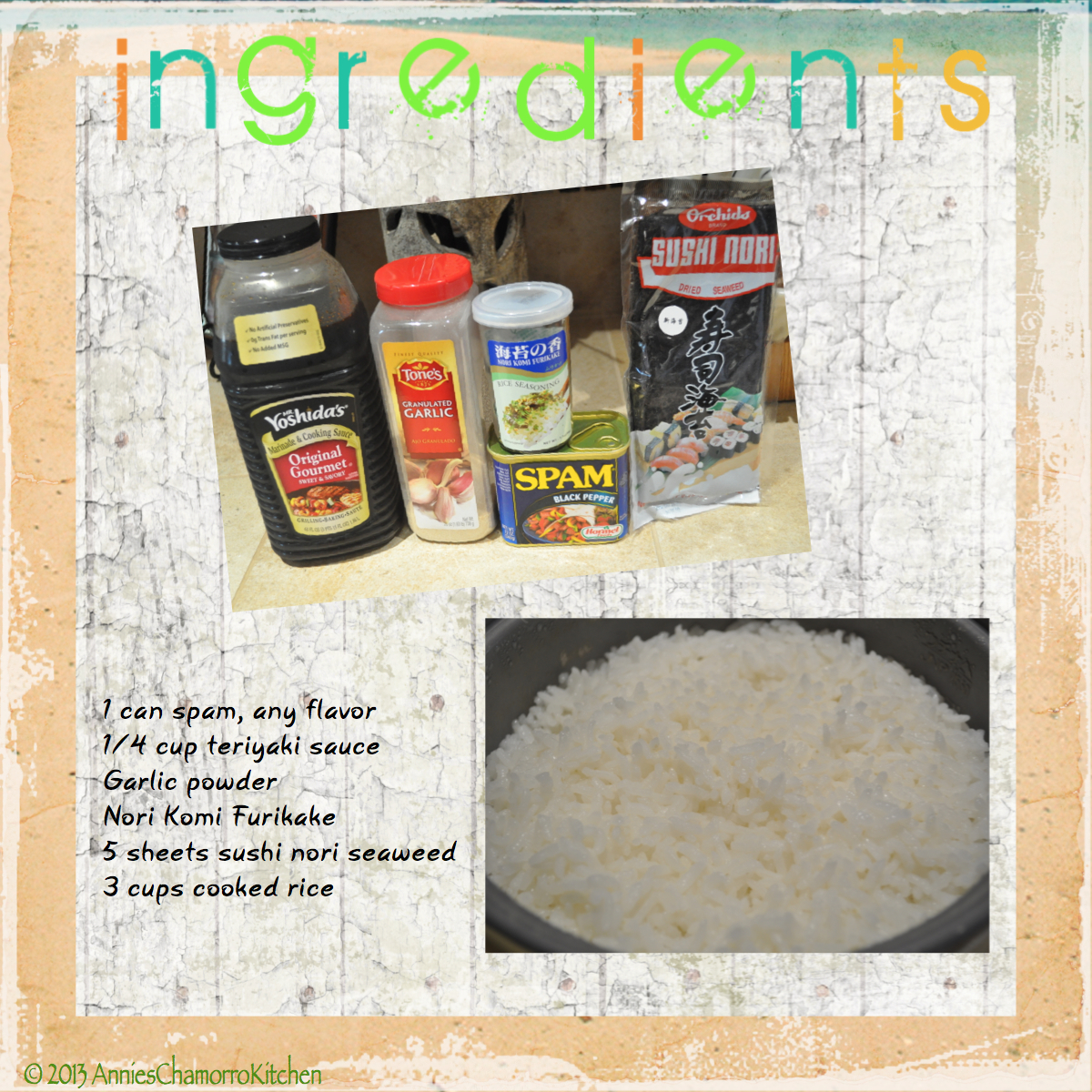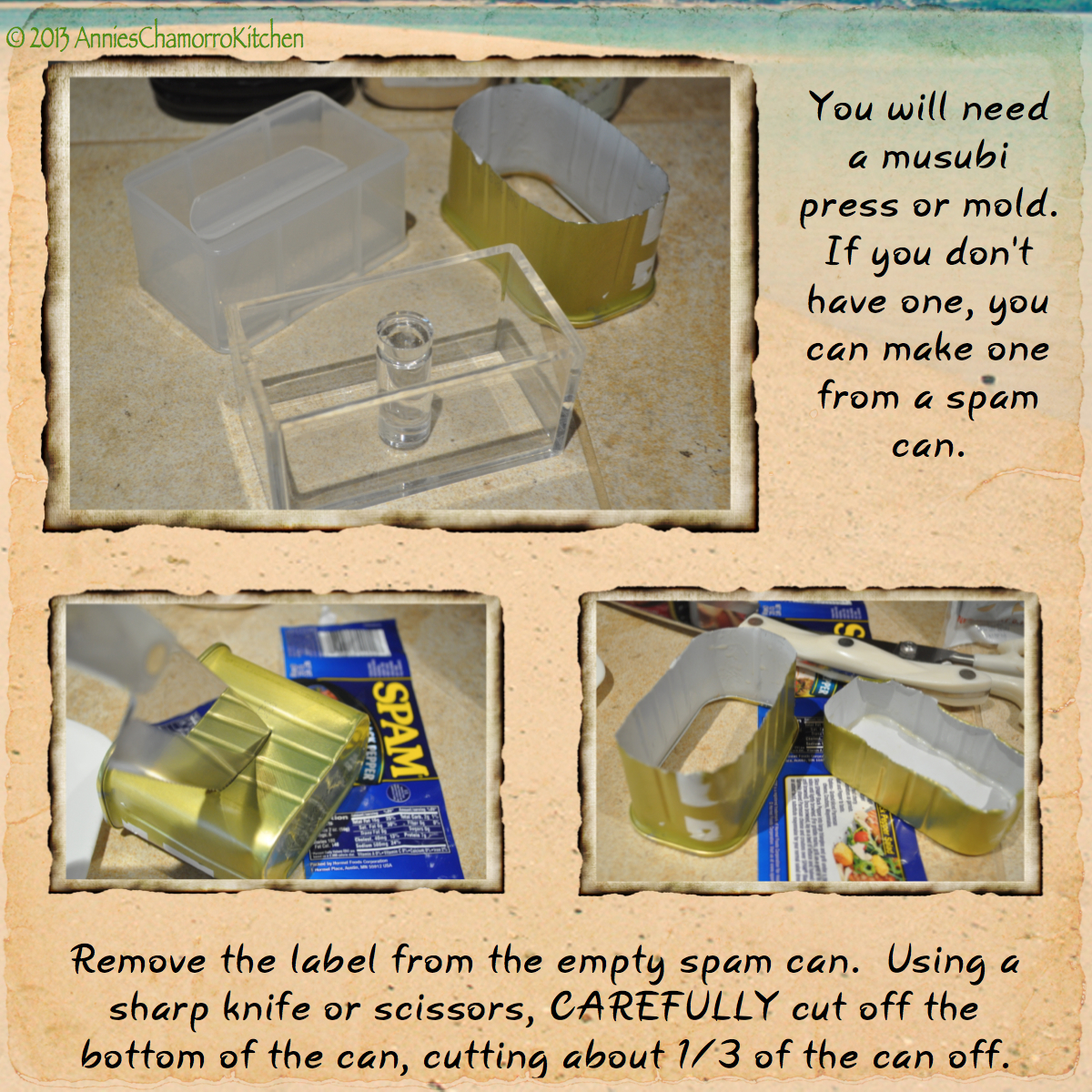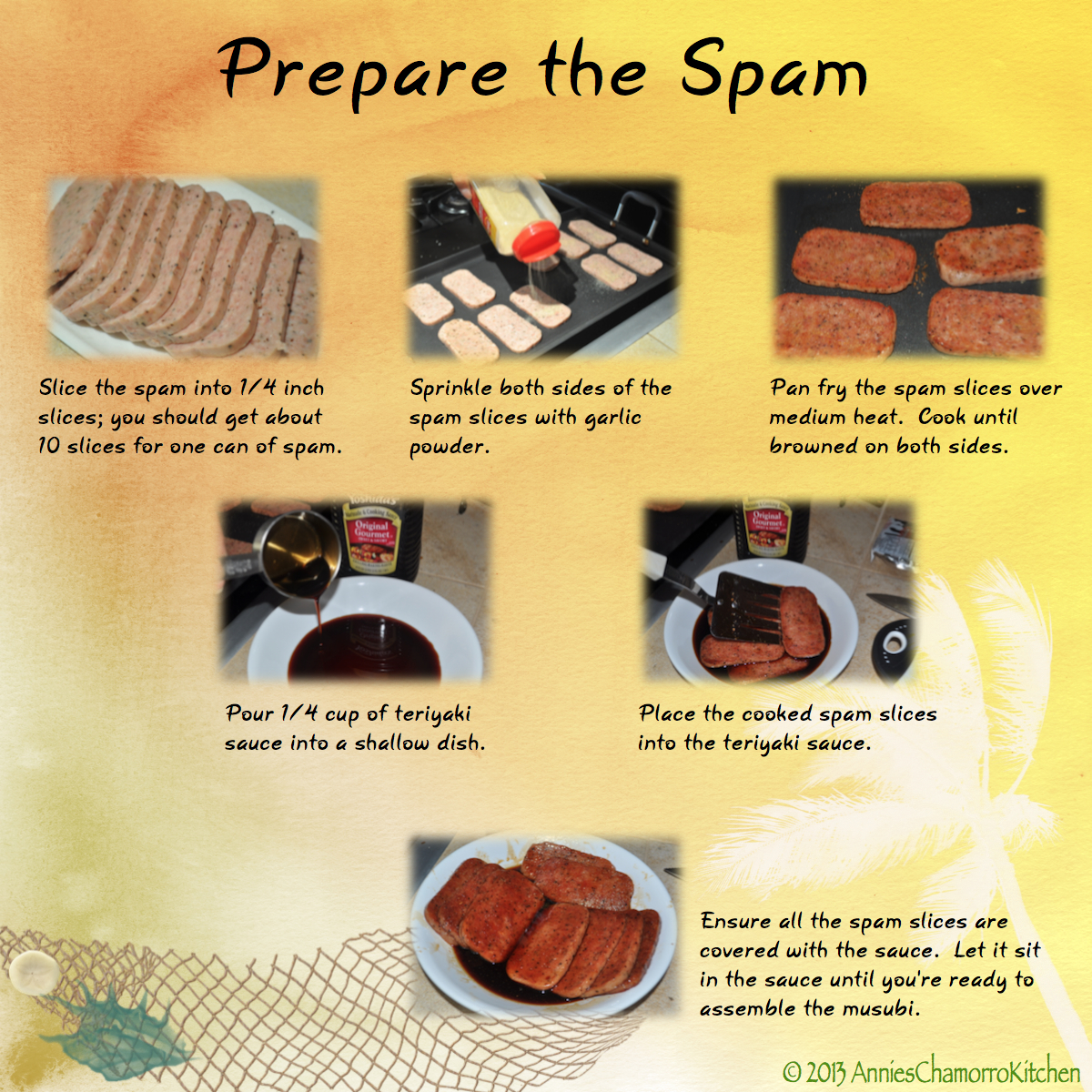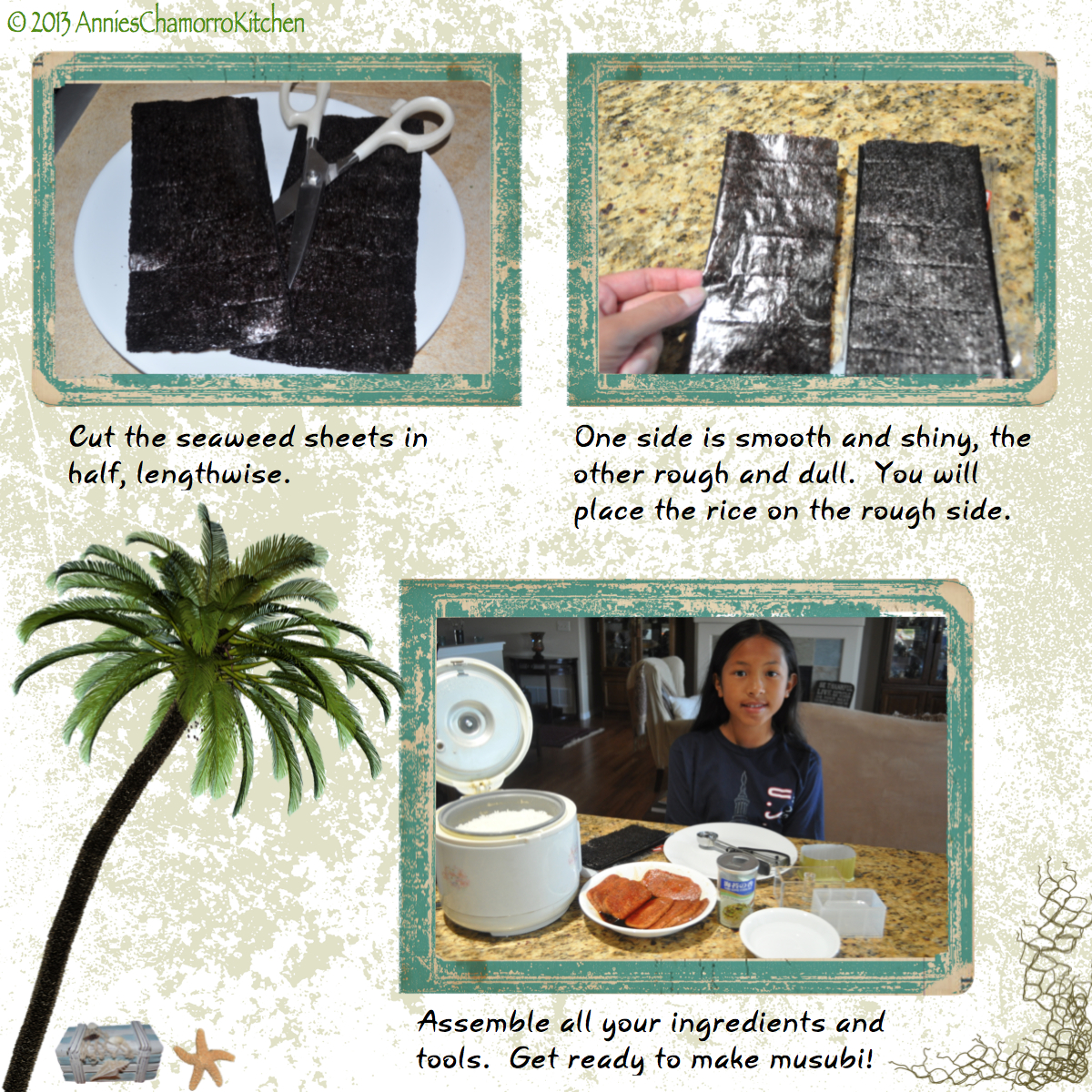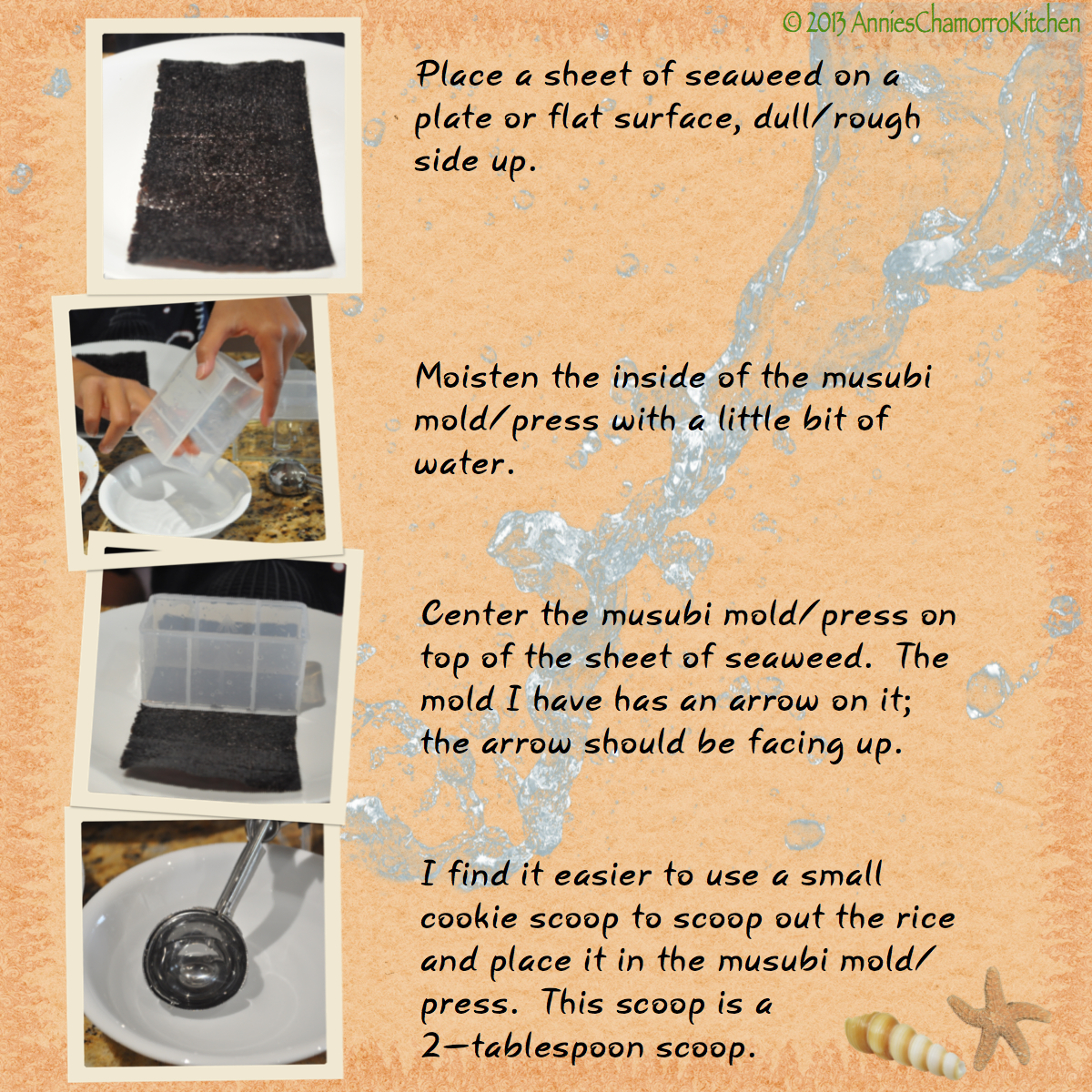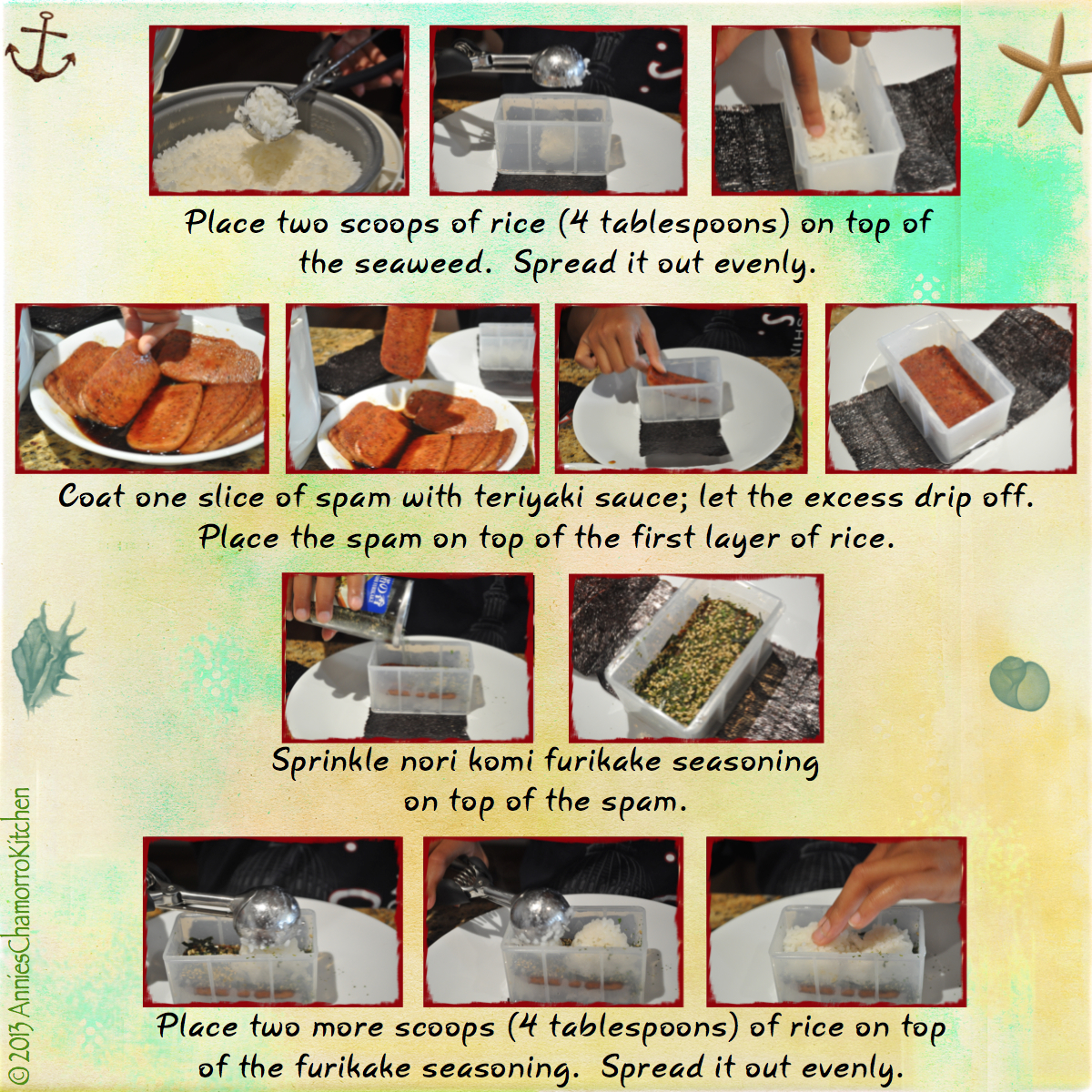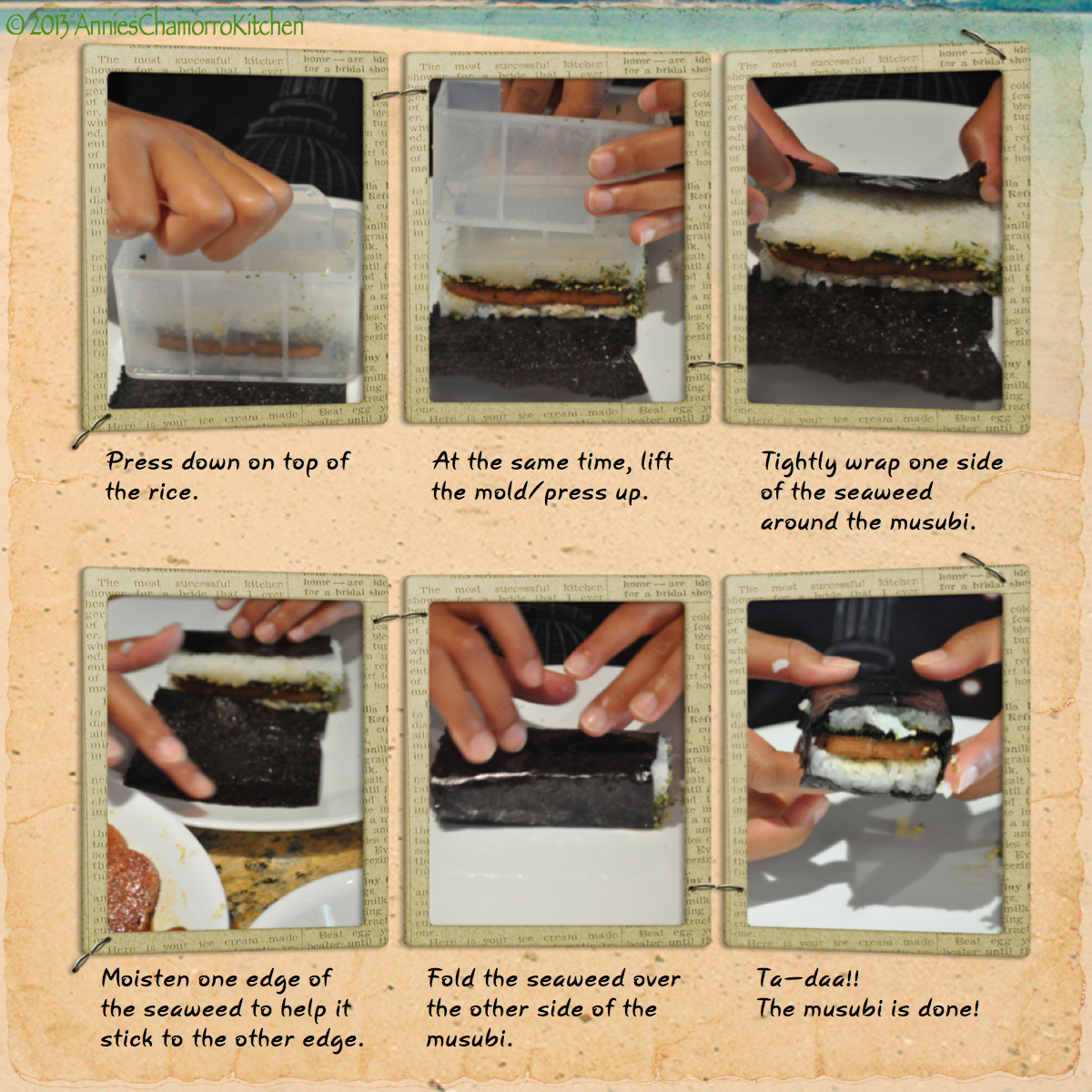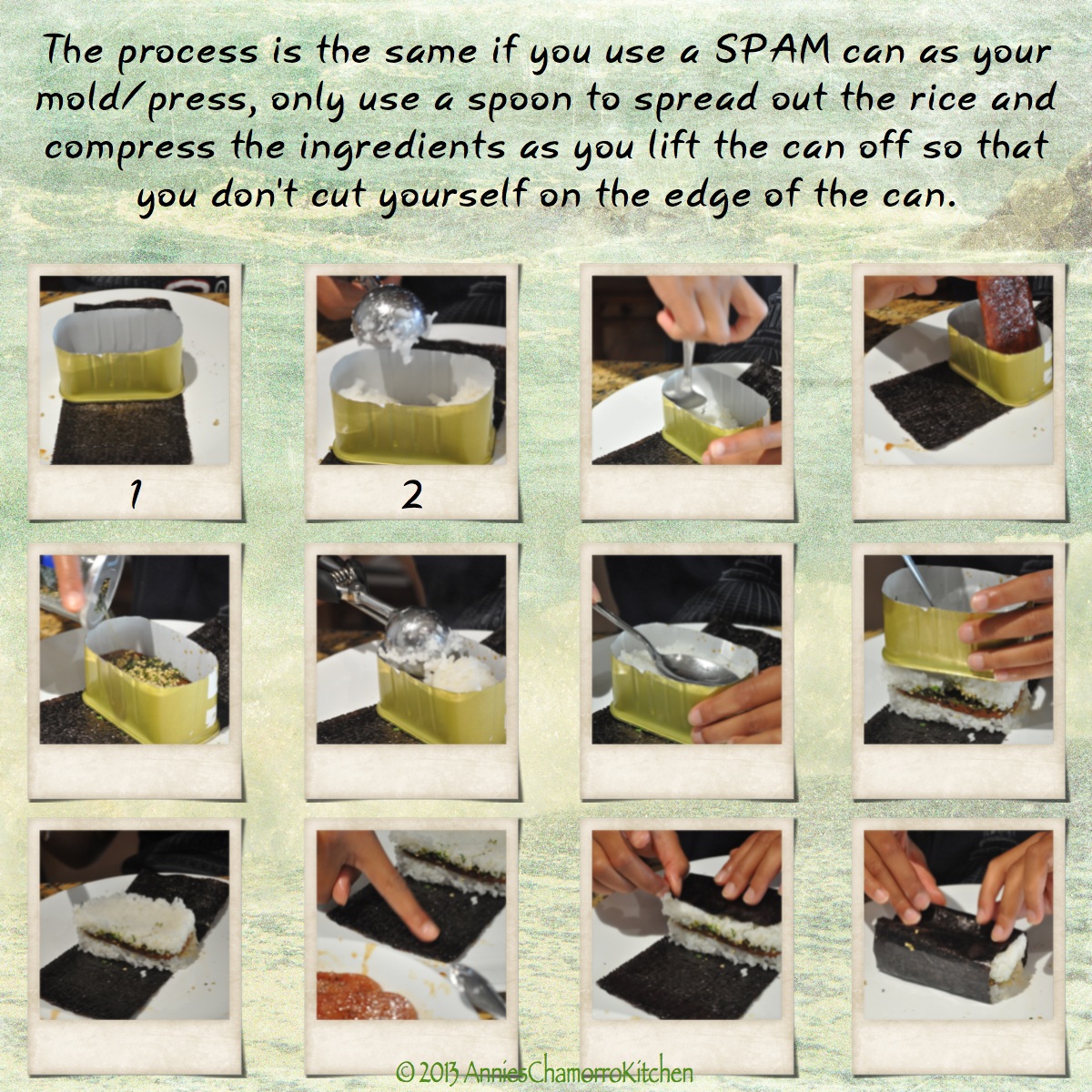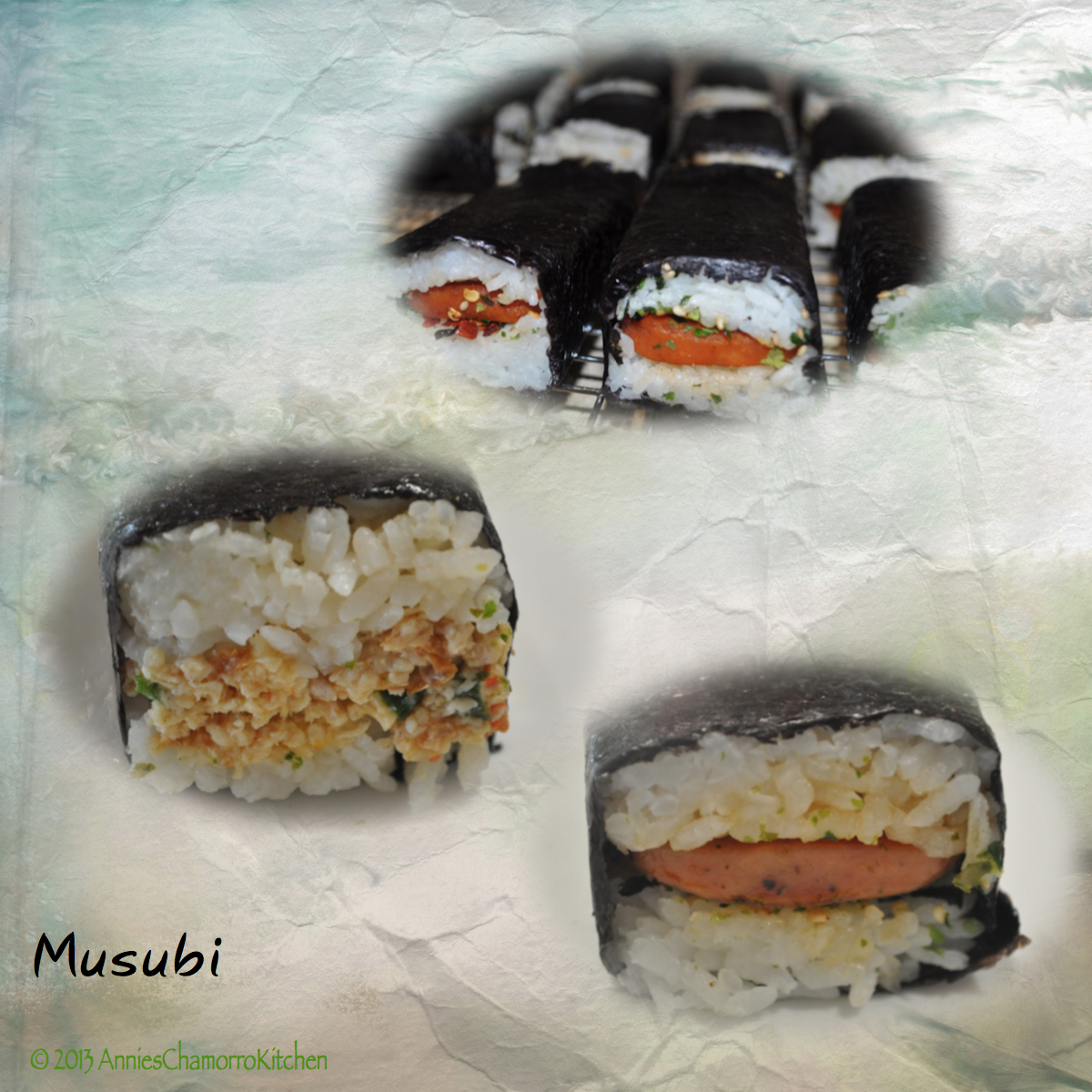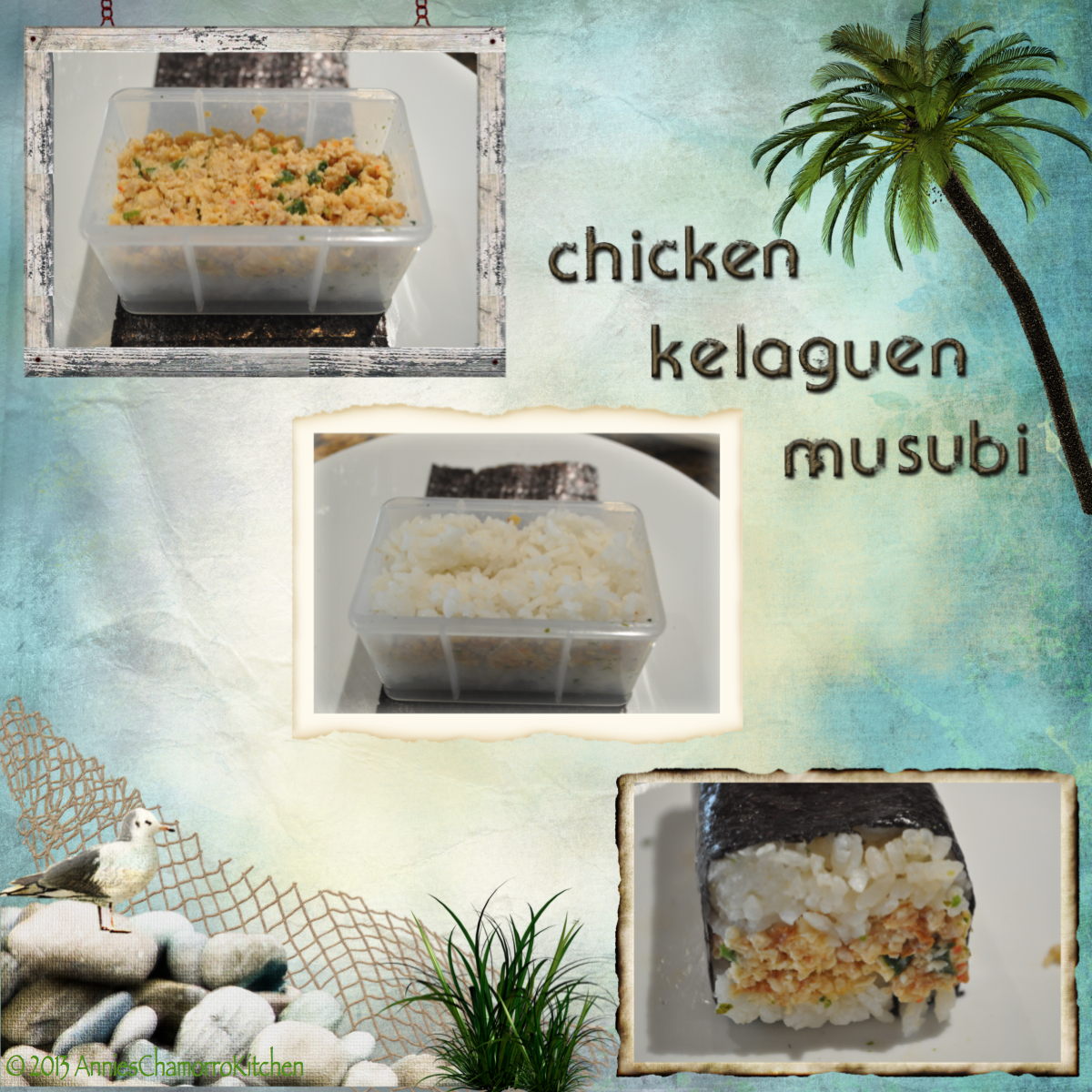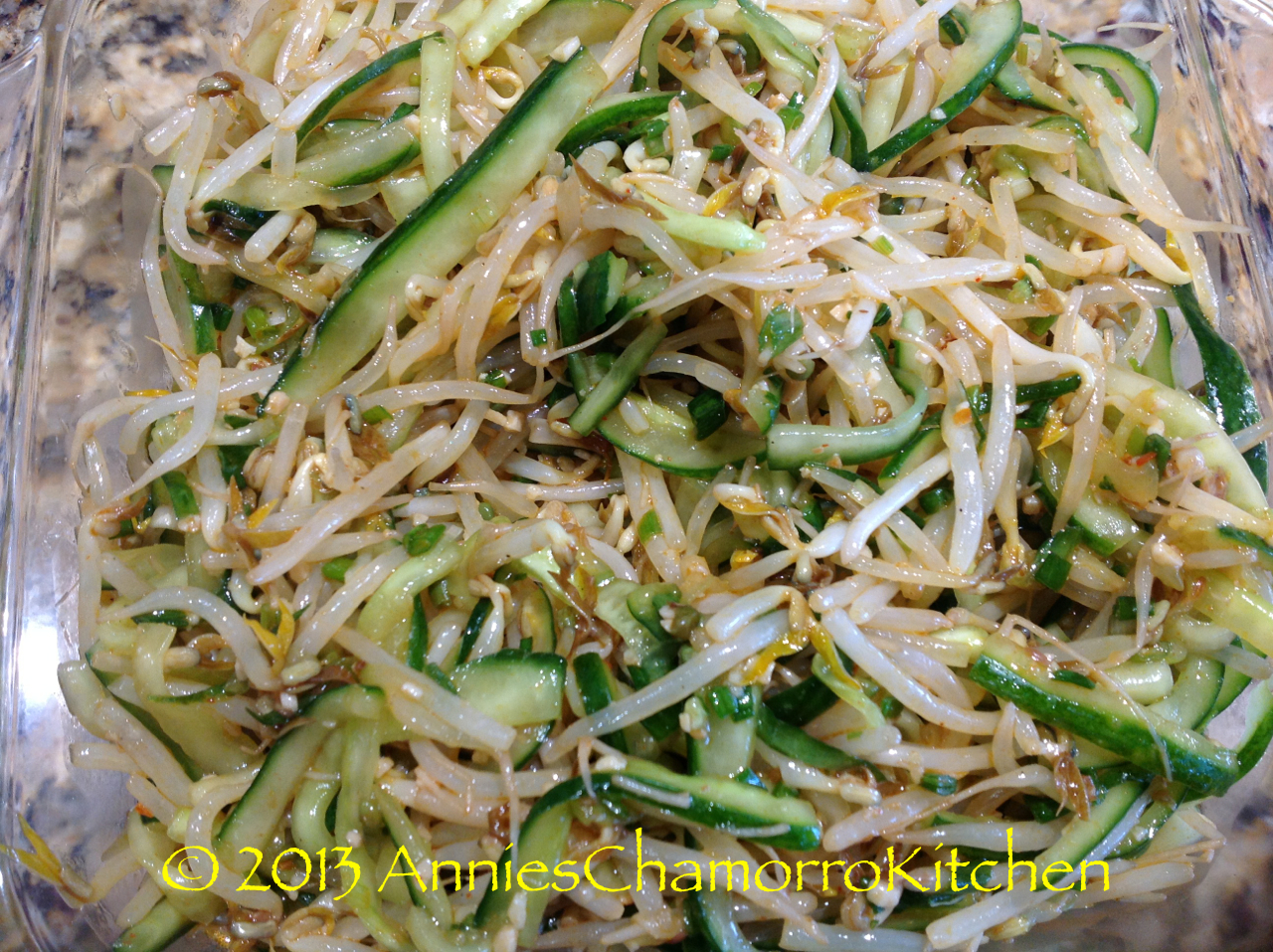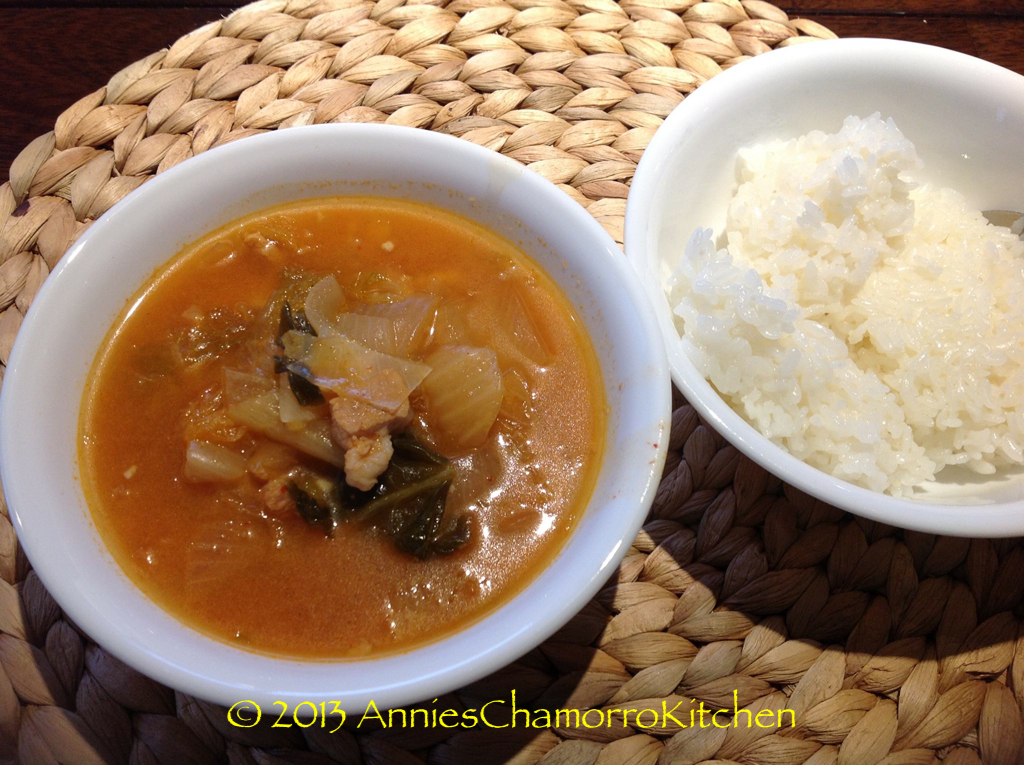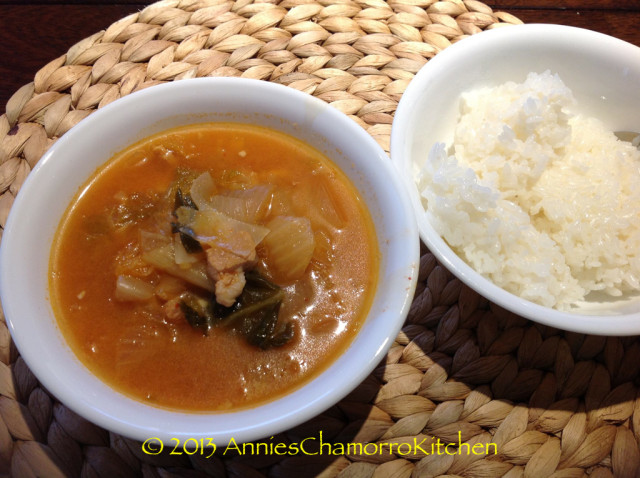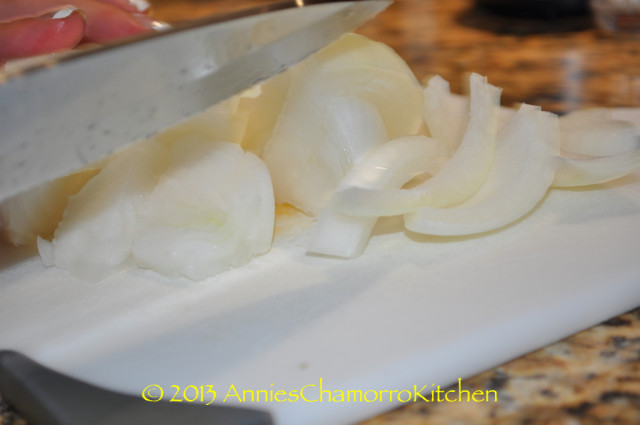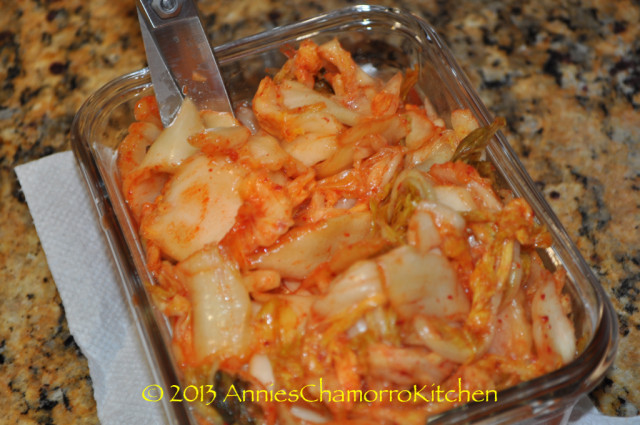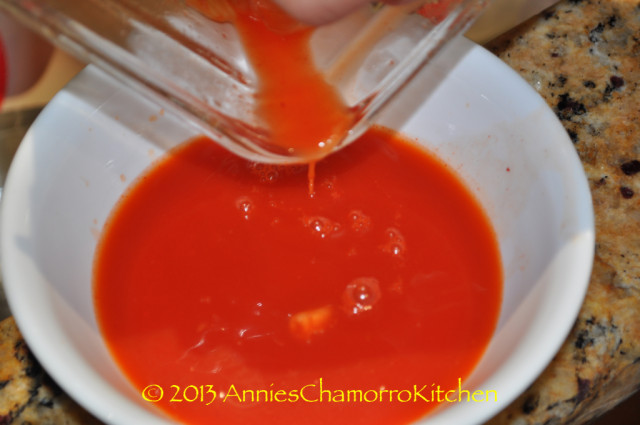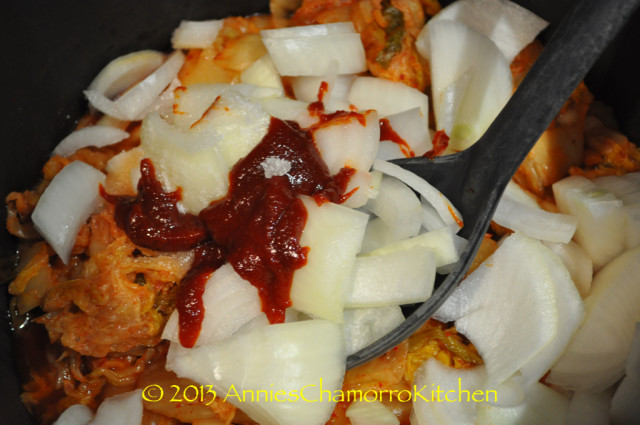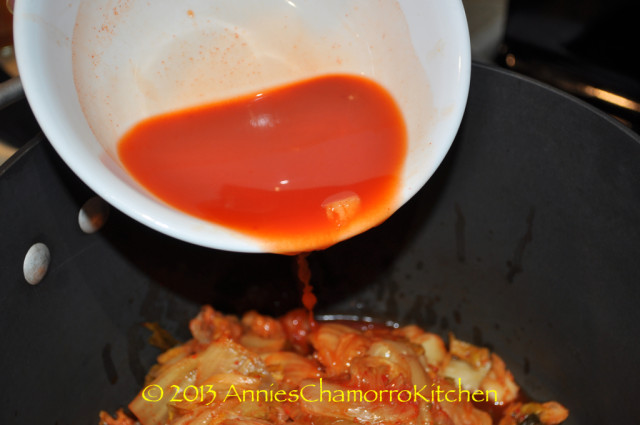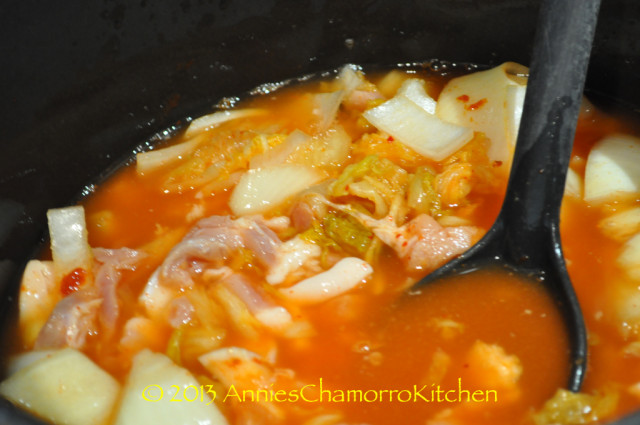I love Korean food. Japchae is one of my favorites because it has noodles, beef, and a lot of my favorite vegetables like mushrooms, onions, carrots and spinach leaves.
During my first tour to Korea (I served there twice), I remember ordering Japchae and rice from the Korean place on base. About 15 minutes after placing my telephone order, I’d listen intently for the revving of the Adashi’s moped as he tried to climb the hill to my BOQ (Bachelor Officer’s Quarters). The sound of the overworked moped meant dinner was about to be served!
This is a quick dish to make, but as my former Korean nanny told me, there is an art to putting it together. The ingredients must be layered, then gently mixed (by hand) to evenly distribute them without mashing anything. This is how I make my japchae all the time–cooking each type of ingredient separately (the meat is cooked separate from the vegetables) then layered and mixed. It is, after all, how Ajima did it, and that’s how it shall be done.
The japchae pictured below was actually cooked by my teenaged daughter. She whipped it up so quickly that she forgot to take photos of the step-by-step process.
We WILL make this again, however. When we do, I’ll be sure to take photos of each step and update this recipe.
Don’t let that stop you from making this dish. It’s so easy–if my teenager can do it, so can you. Give it a try. I know you’ll like it.
ENJOY!
JAPCHAE

Japchae
INGREDIENTS:
- 2 pounds beef, sliced thinly
- 2 tablespoons minced garlic
- 1/4 cup soy sauce
- 1/8 cup sugar
- 6 tablespoons sesame oil
- 1 small bag of carrots, pre-cut into strips (or 1 large carrot, julienned)
- 1 medium onion, sliced
- 1 package button mushrooms, sliced
- 1 package shitake mushrooms, sliced (see note below)
- 1 bag of fresh spinach leaves
- 10 stalks green onions, cut into 2-inch pieces
- 1 bag Korean vermicelli (sometimes called starch noodles, glass noodles or sweet potato noodles), called Dangmyun in Korean
This is what one brand of Dangmyun looks like:
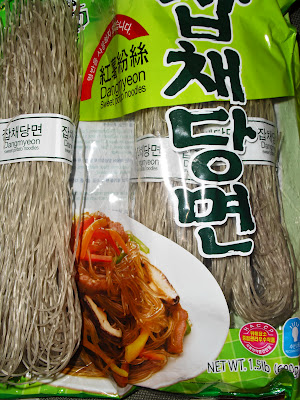
I also use this brand a lot:
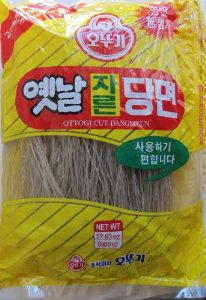
NOTE: If you’re using dried shitake mushrooms, soak them in a bowl of warm water until soft. Squeeze all the water out of the rehydrated mushrooms then slice thinly.
DIRECTIONS:
1. Fill a large pot half-full with water and bring to a boil. Add the bag of vermicelli noodles. Cook for 4 minutes or until the noodles are soft. Drain then place in a large mixing bowl.
2. In a large pan or wok, place the beef, sugar, soy sauce and 2 tablespoons sesame oil. Stir fry over medium heat until the meat is done. Stir often to prevent scorching. Remove the meat from the pan when it’s cooked through; place it in the large mixing bowl, on top of the noodles. Leave any sauce or drippings in the pan.
3. Add 2 tablespoons of sesame oil to the pan. Add the carrots and onions. Stir fry over medium heat until the carrots are slightly wilted and the onions have begun to caramelize. Once done, remove from the pan and add to the mixing bowl, on top of the cooked meat.
4. Add the remaining 2 tablespoons of sesame oil to the pan along with both types of mushrooms. Stir fry for a couple of minutes until the mushrooms have wilted and browned. Add in the spinach leaves and green onions. Cook for another couple of minutes, just until the spinach leaves have wilted slightly. Remove from the pan and add to the mixing bowl, on top of everything else.
5. Using your impeccably clean hands (I wear cooking gloves–you can buy this in any drug store; they’re the thin, plastic, disposable kind), mix all of the ingredients together.
6. Do a taste test — if you think it needs more soy sauce or needs a little more sugar, add it in at this time, then mix some more.
7. Serve as a meal, or alongside Korean BBQ Short ribs (or Galbi, in Korean). Enjoy!
